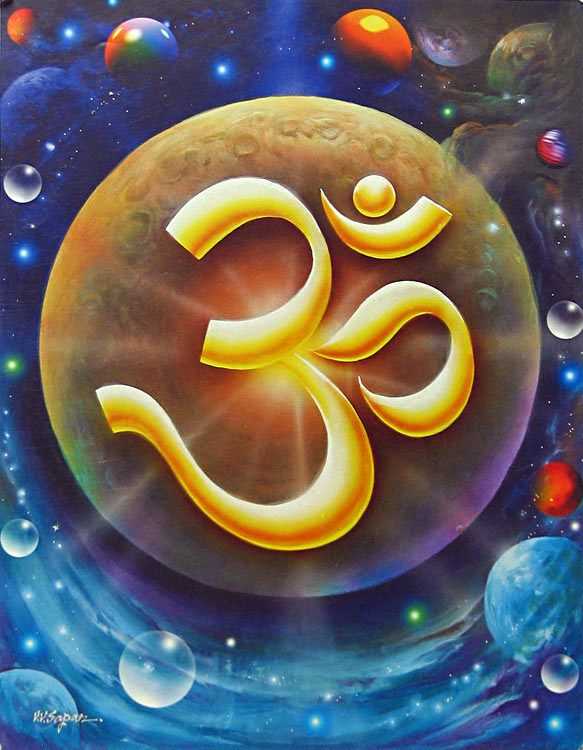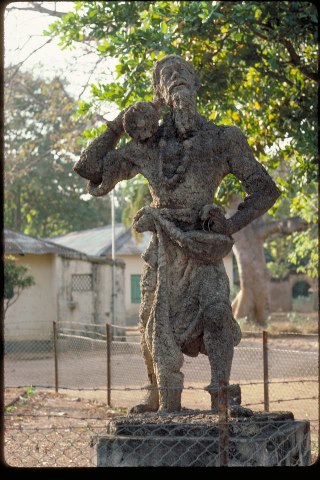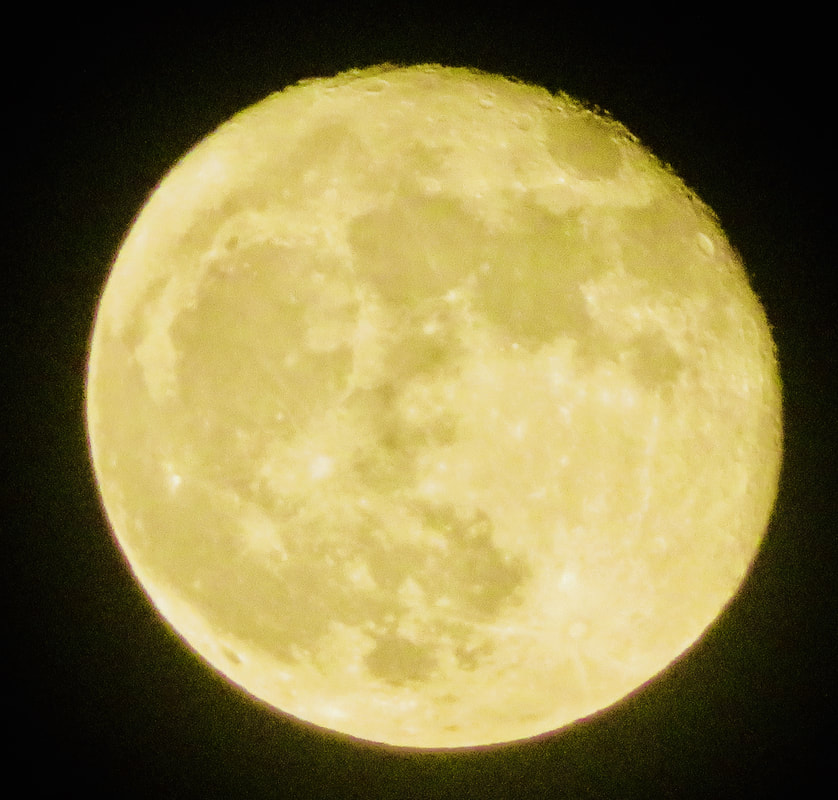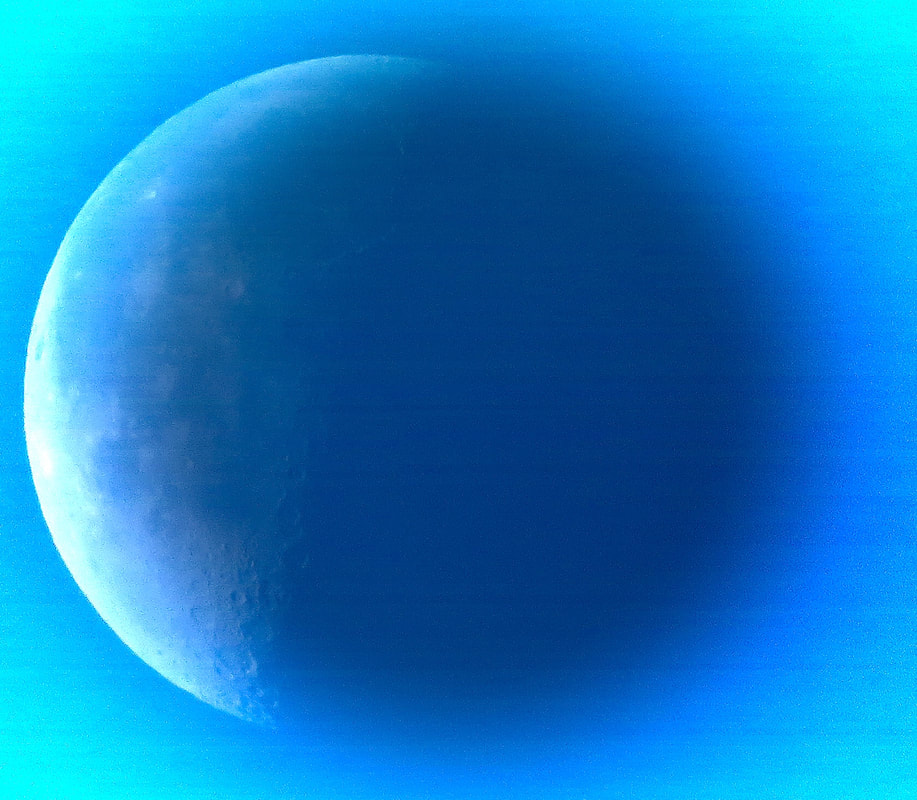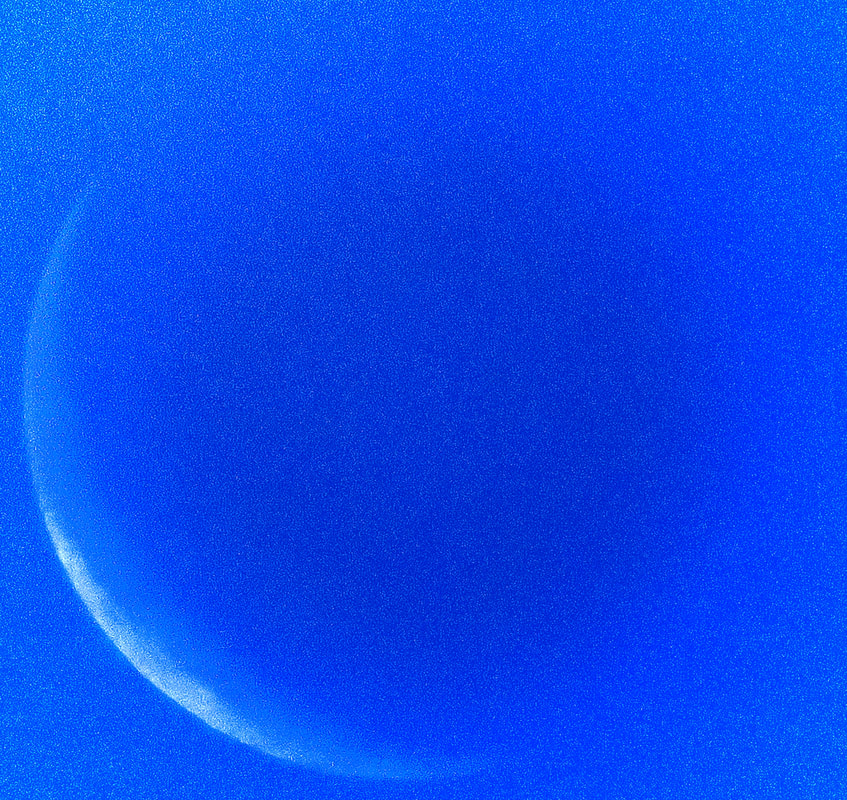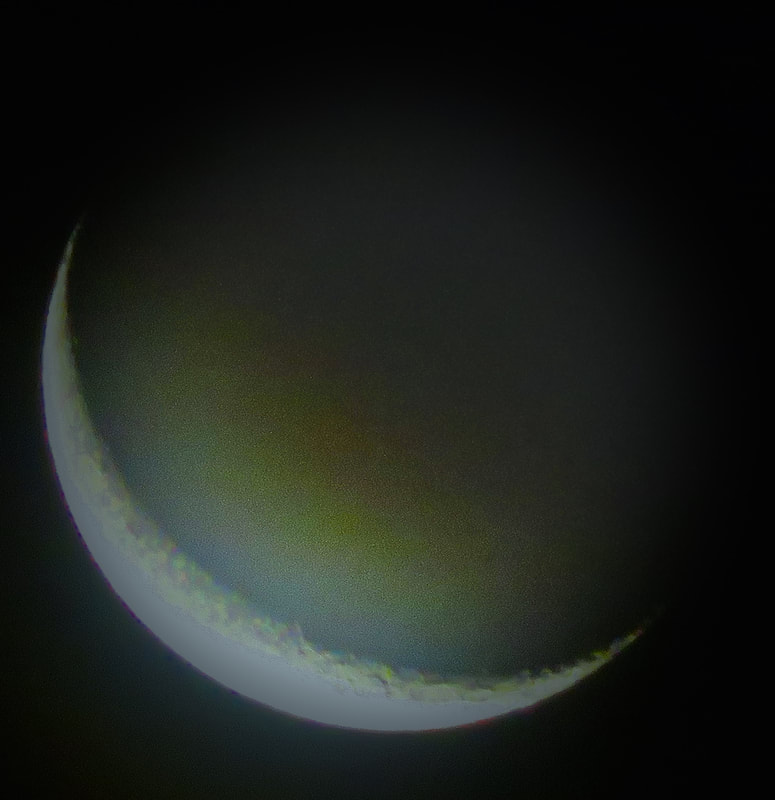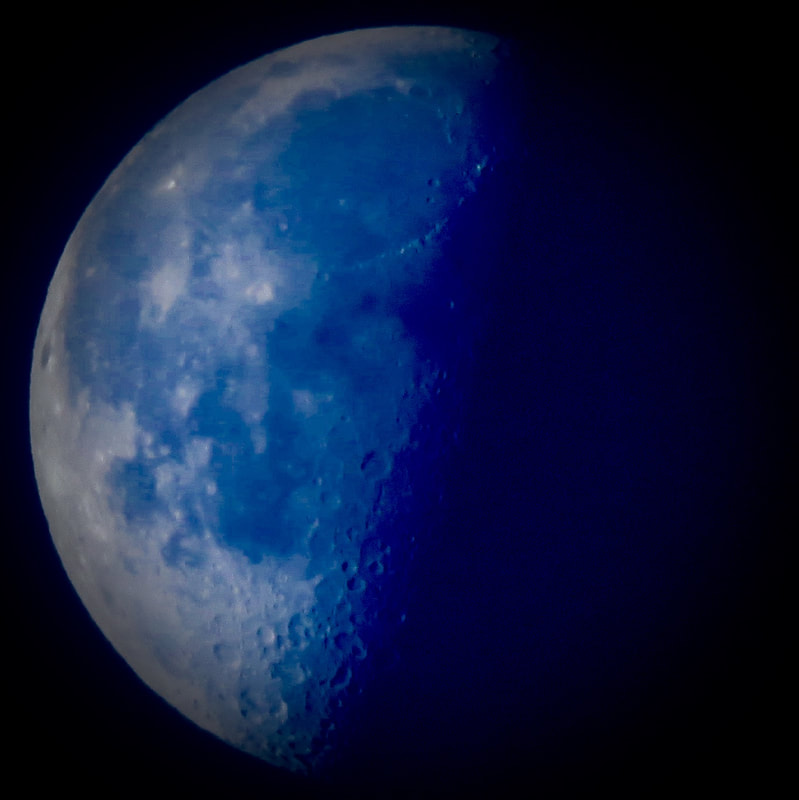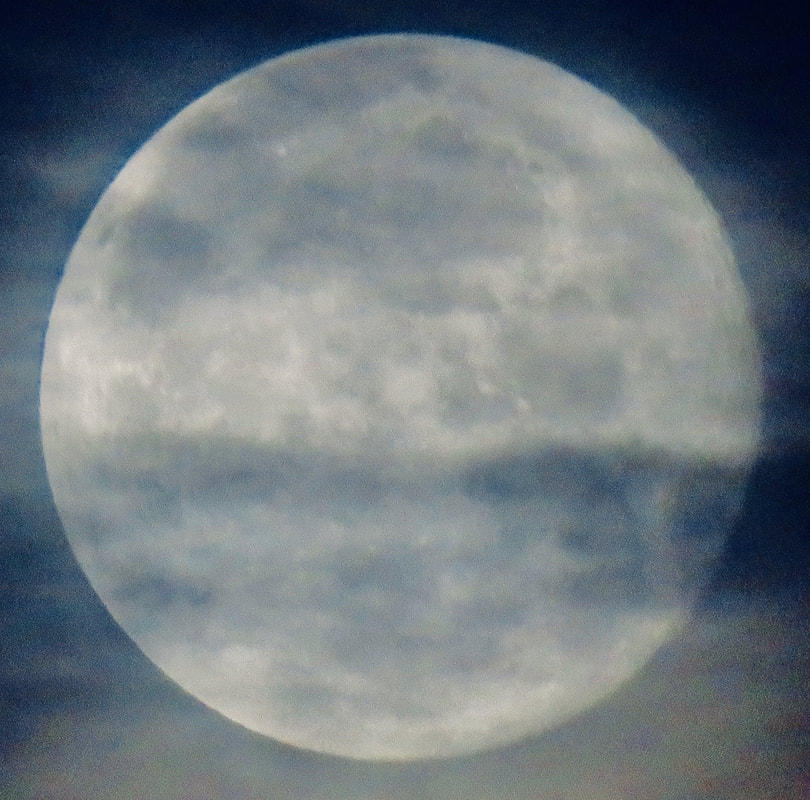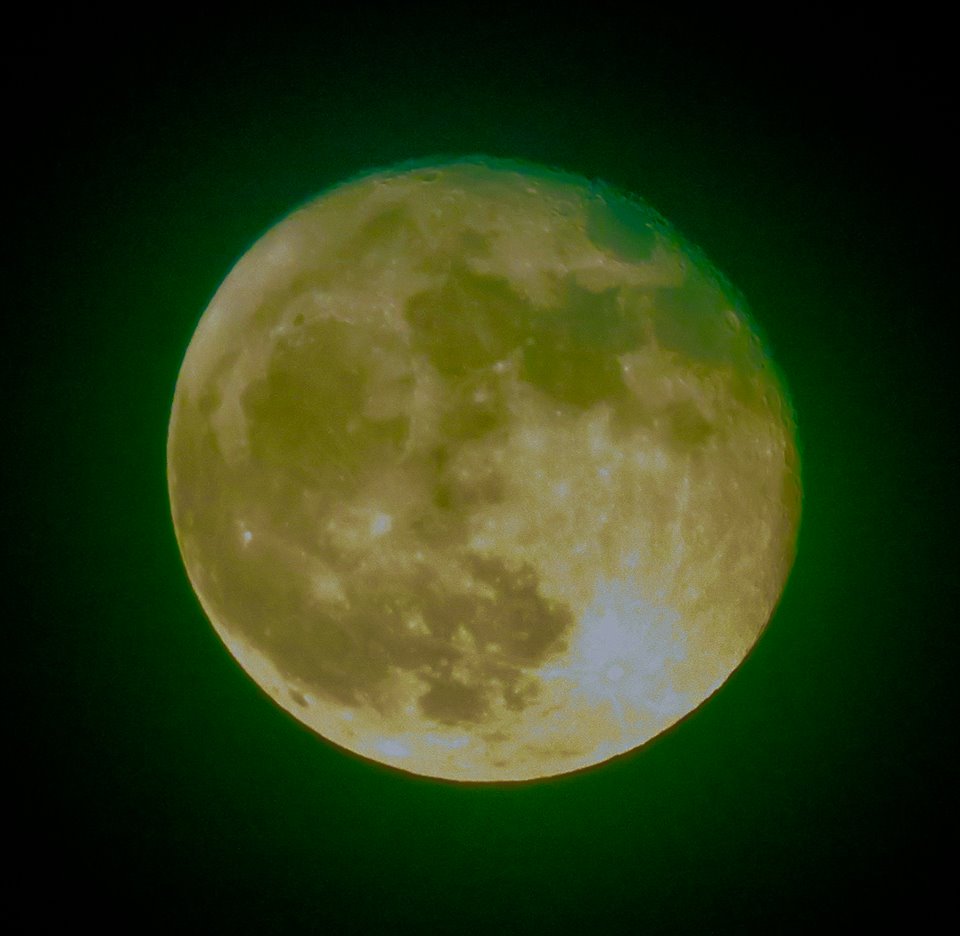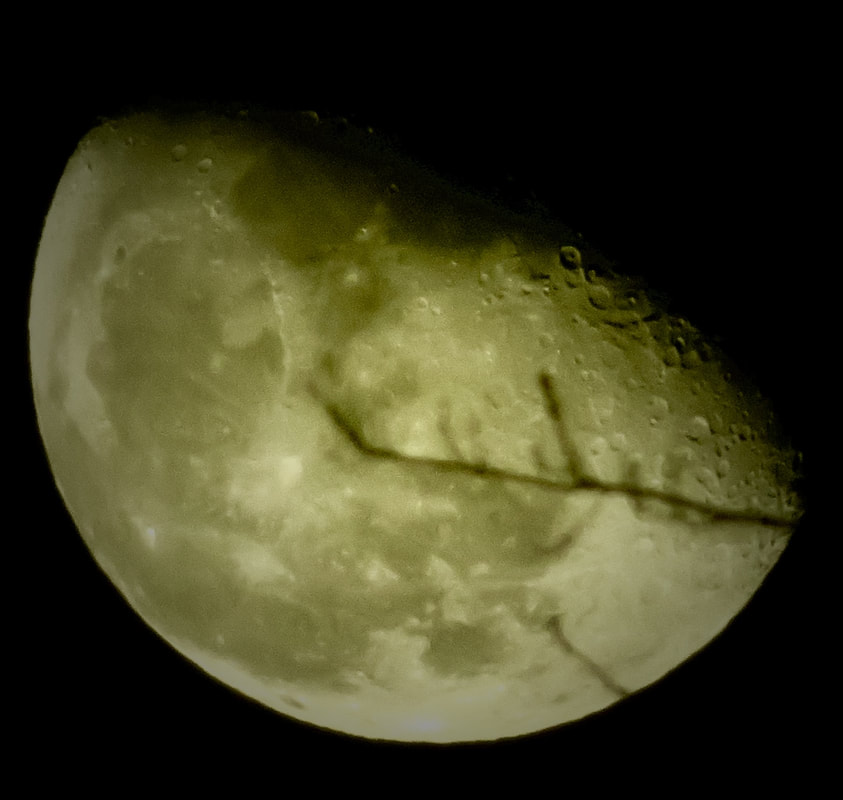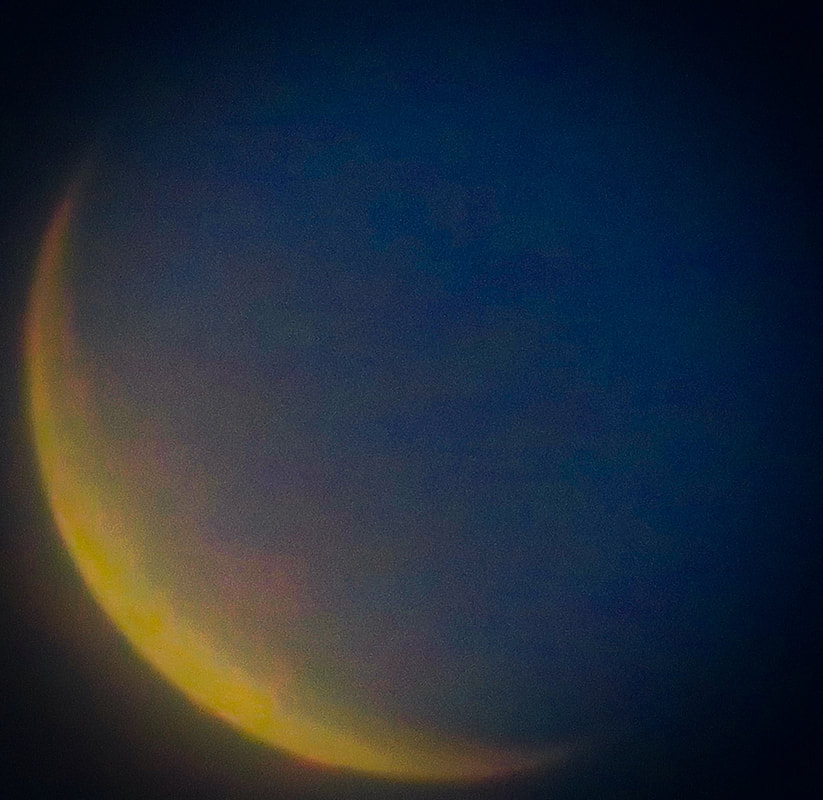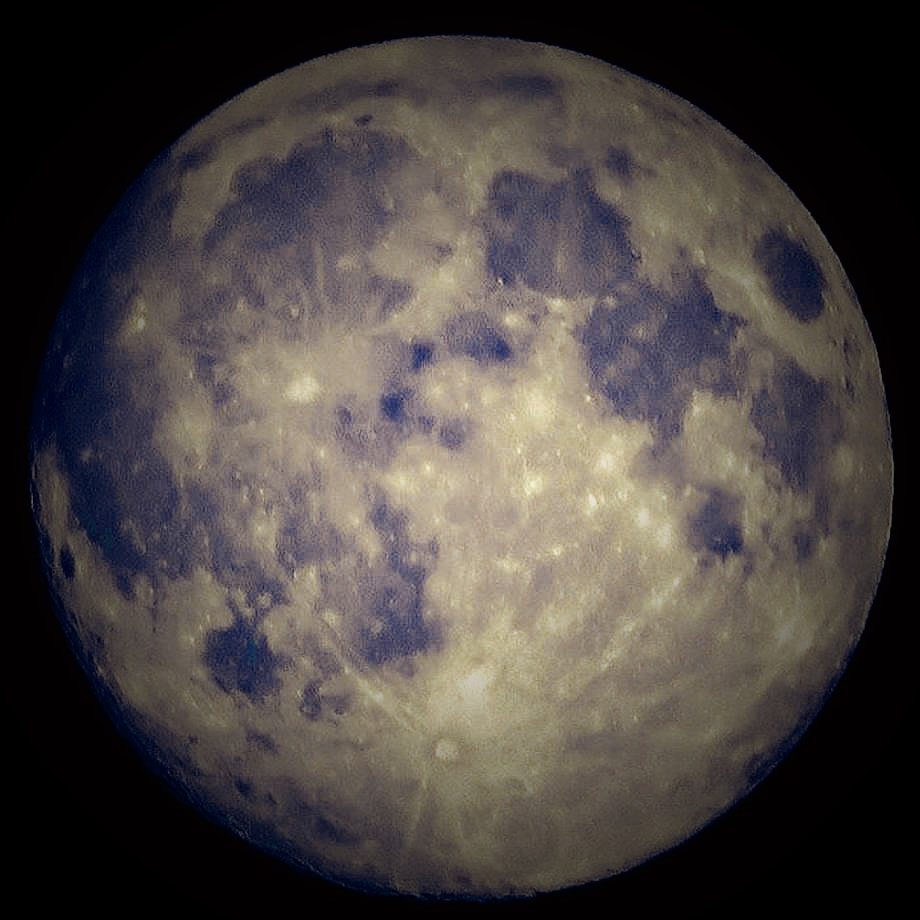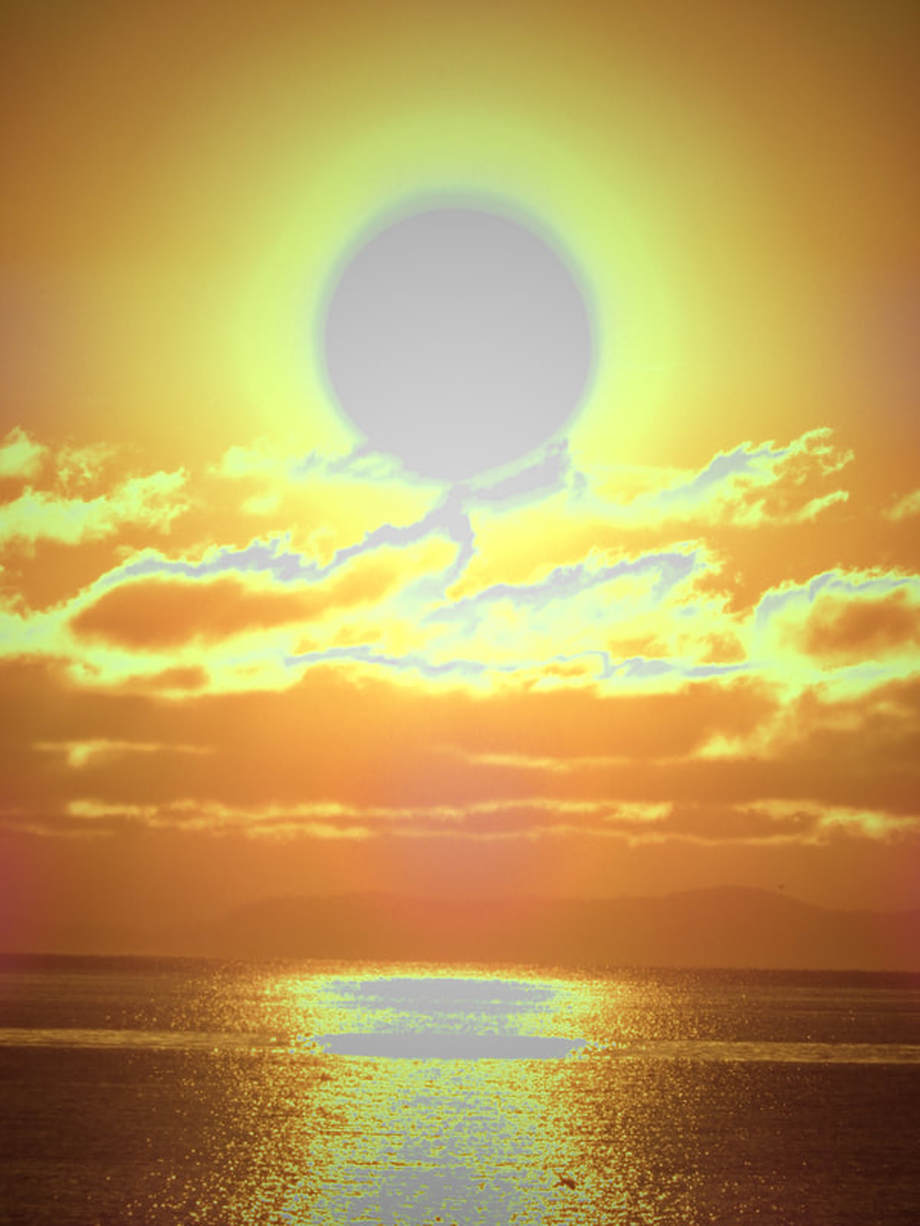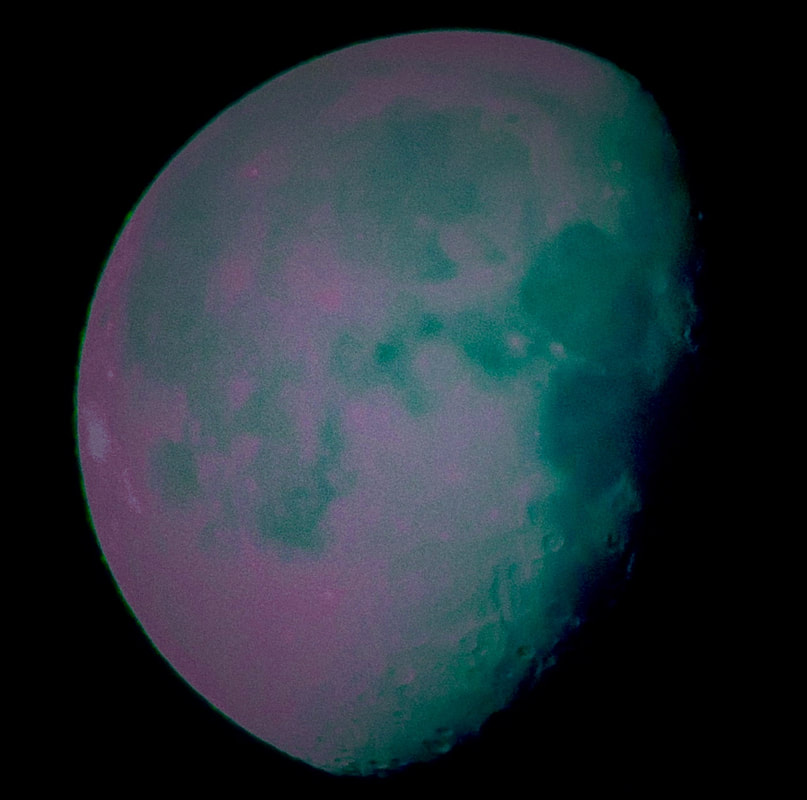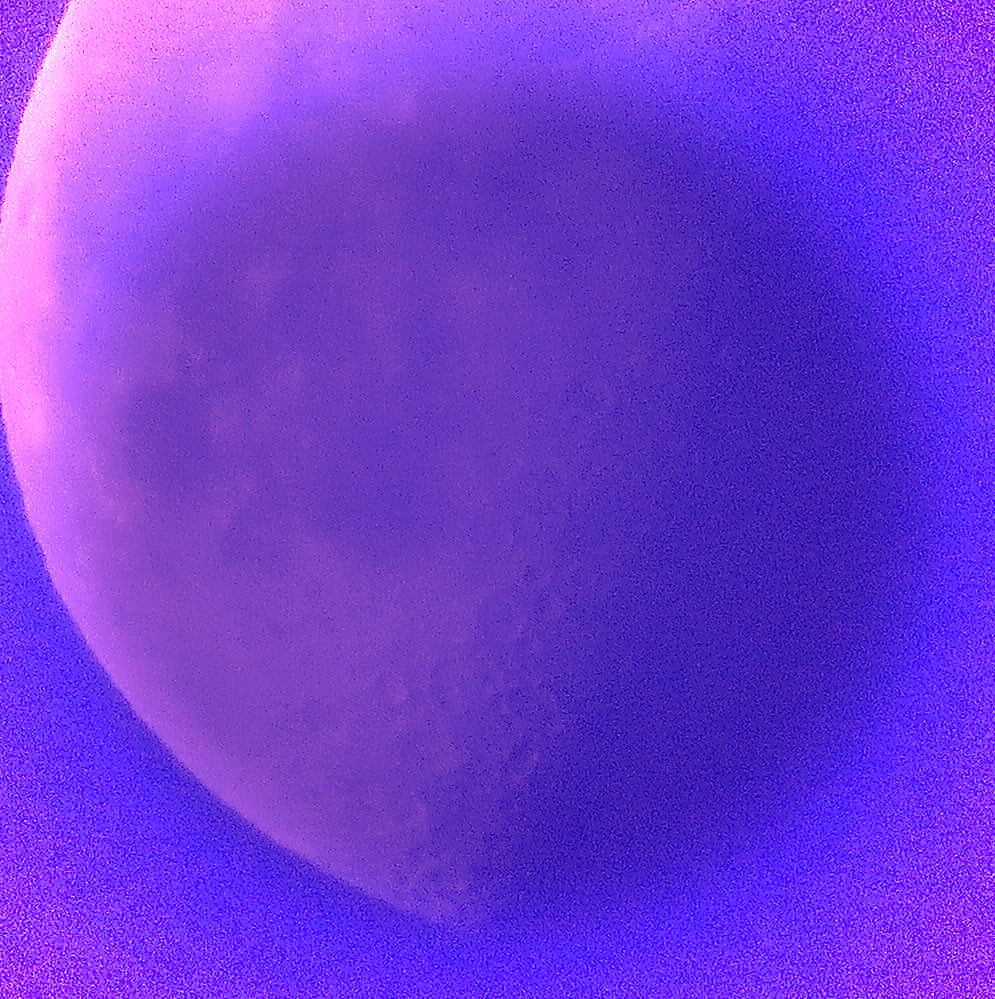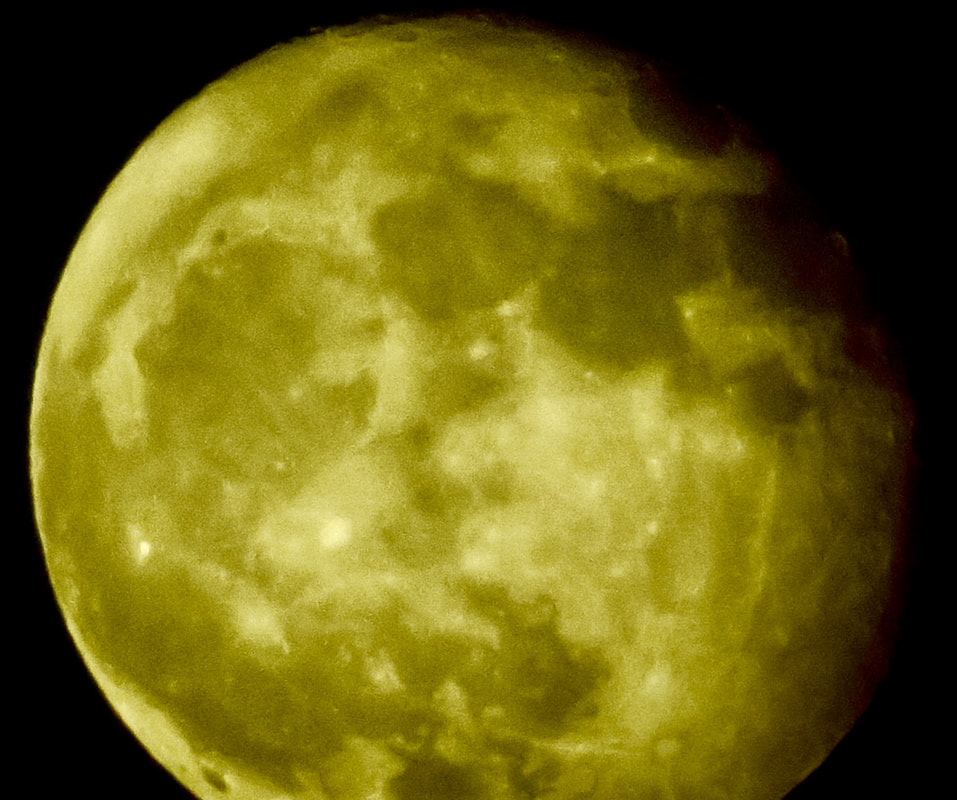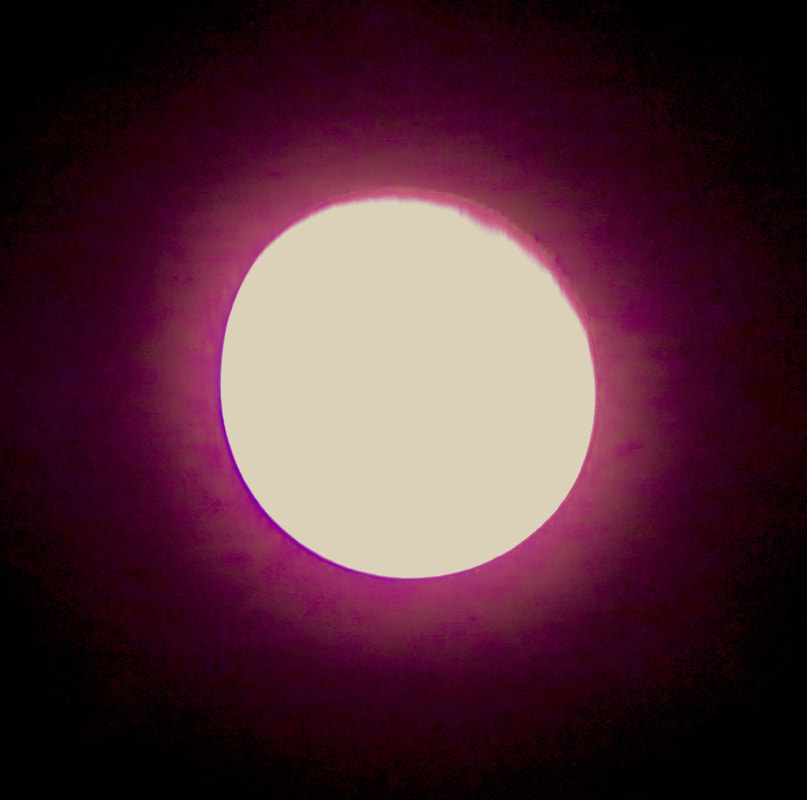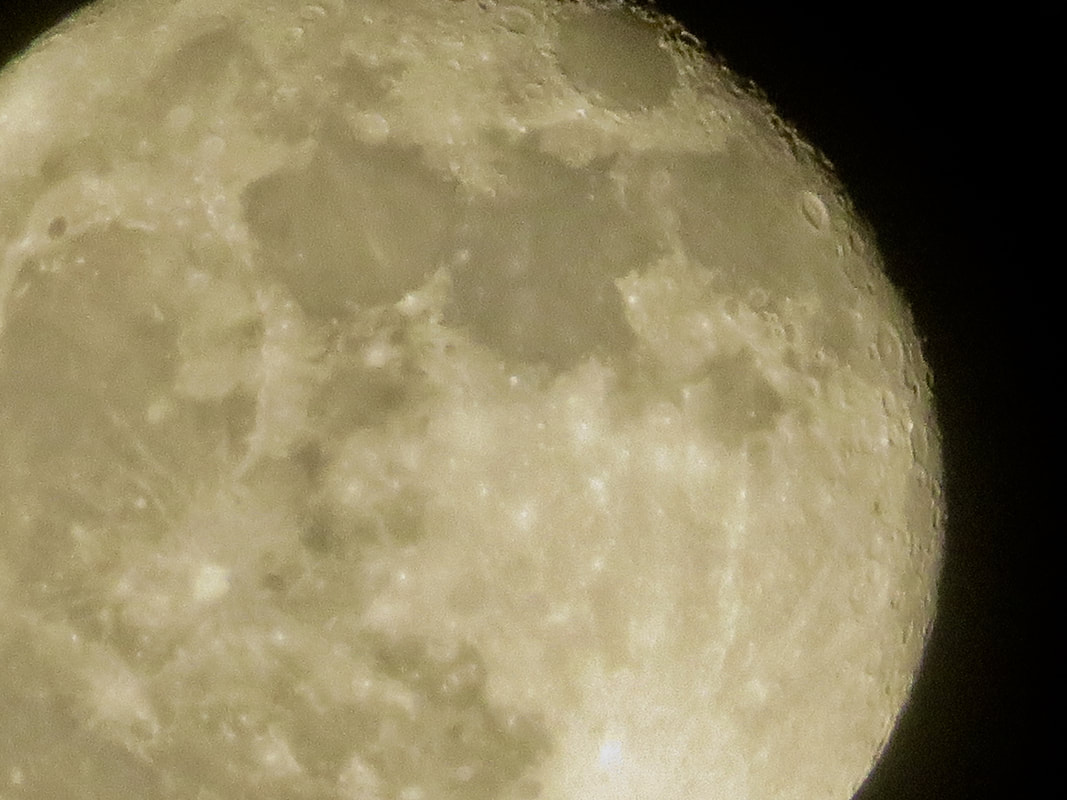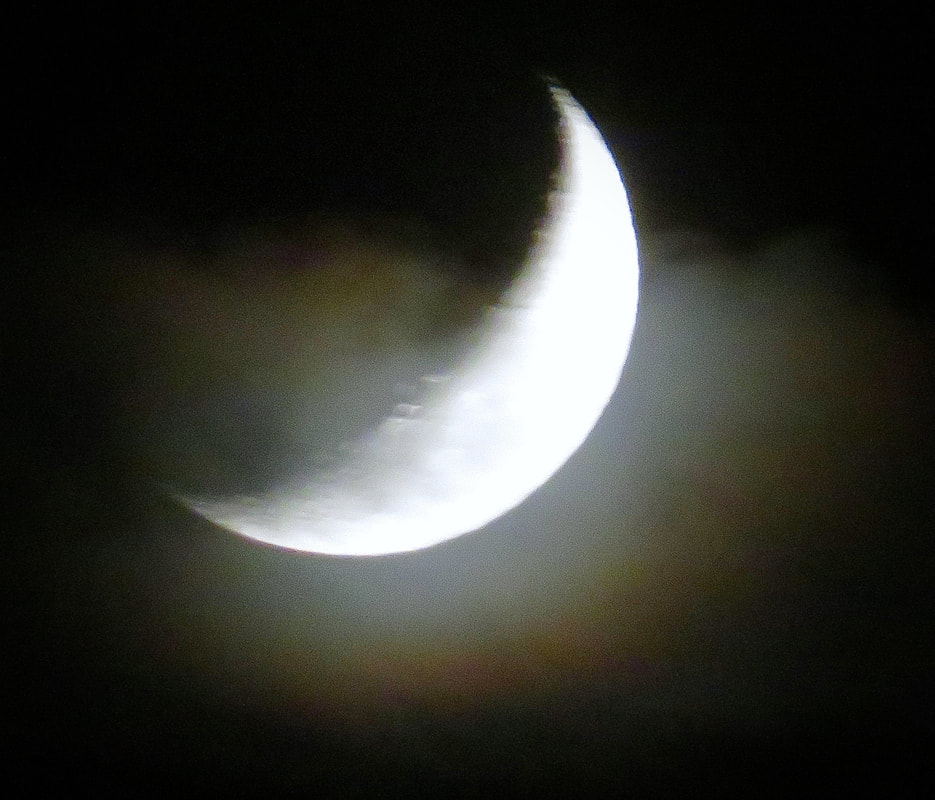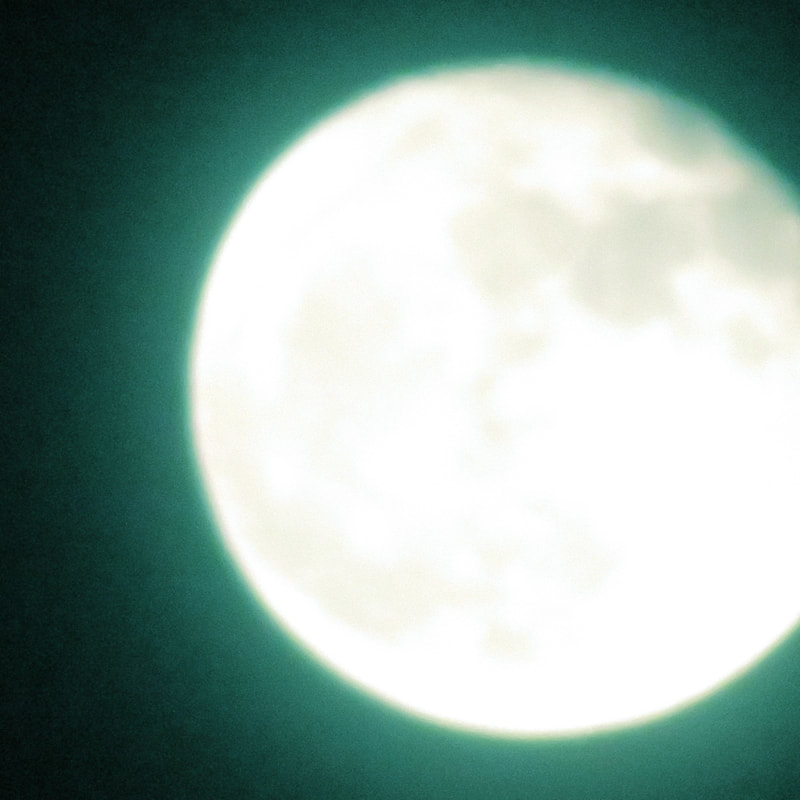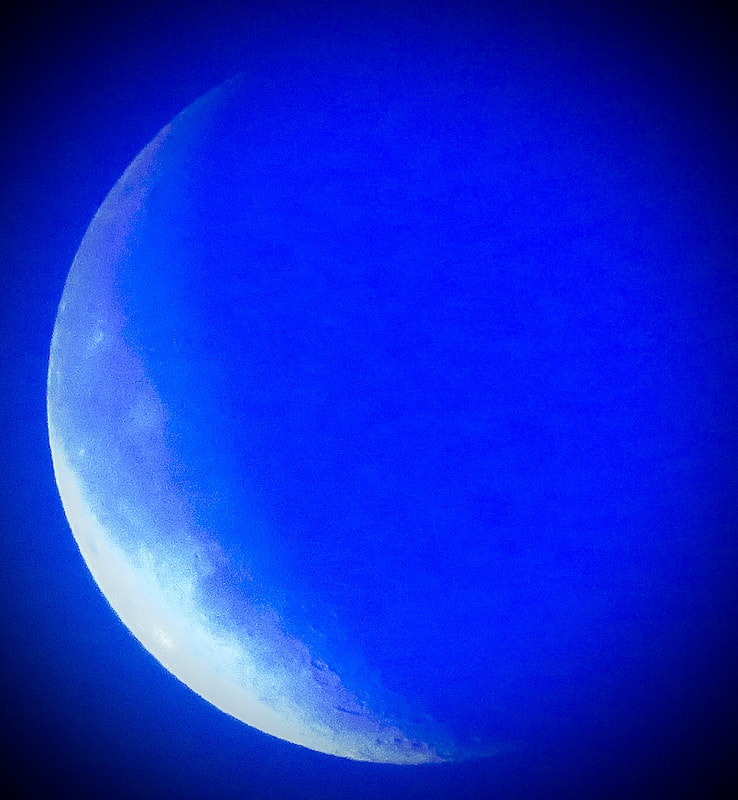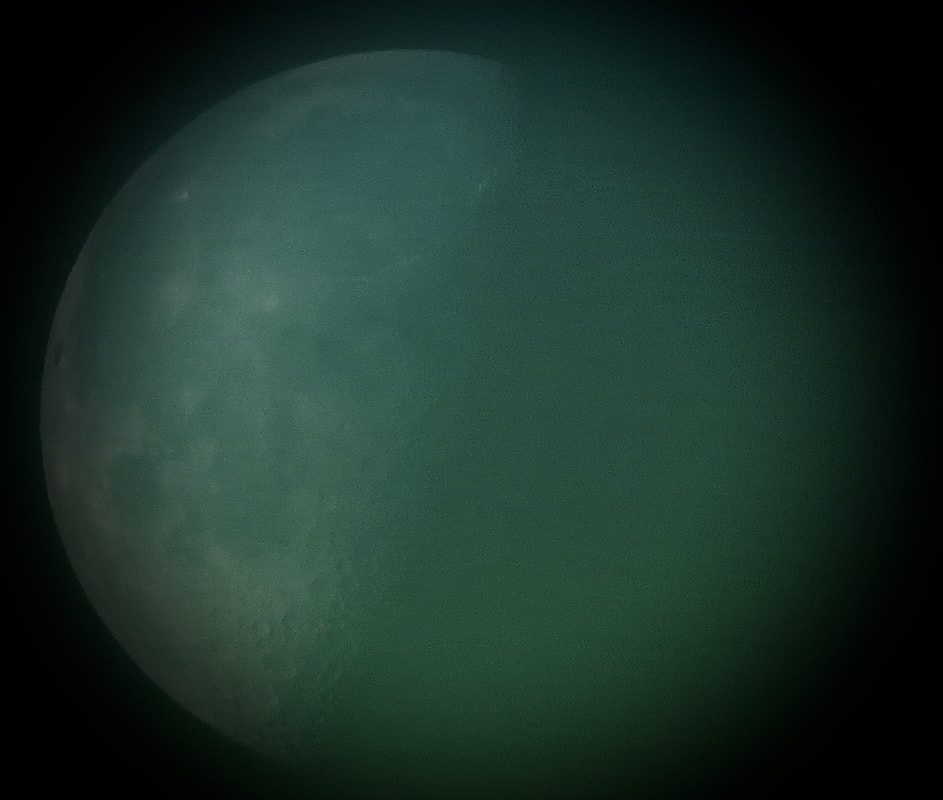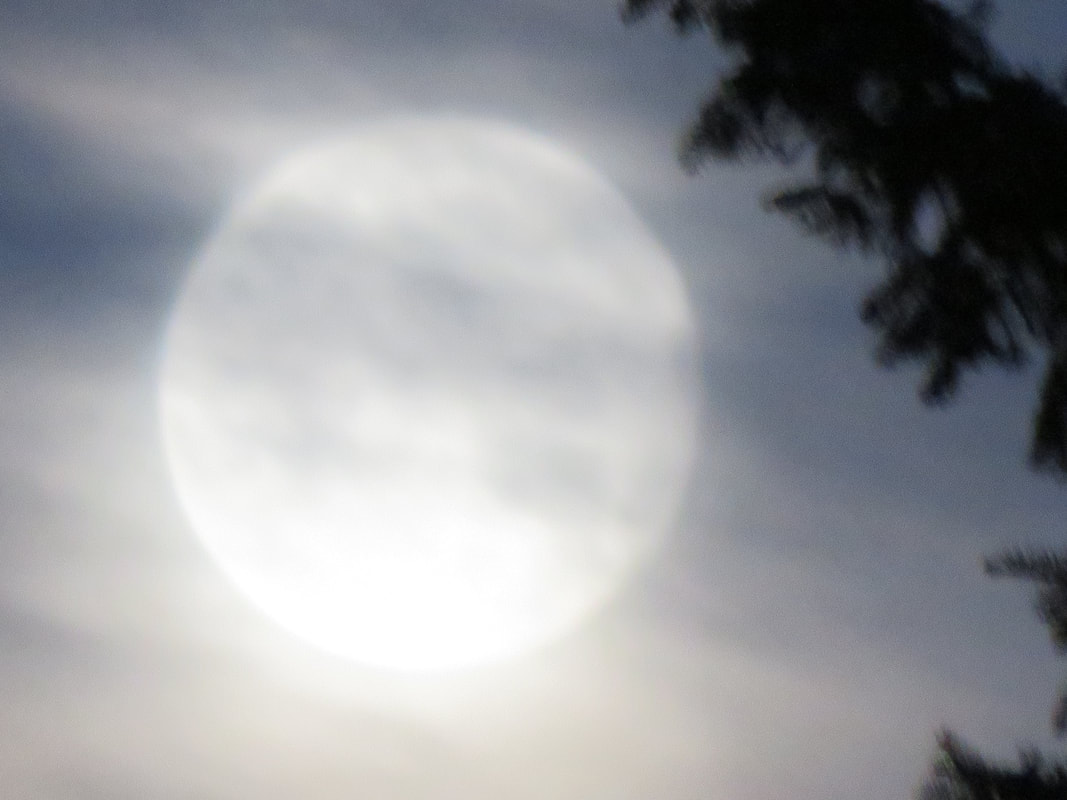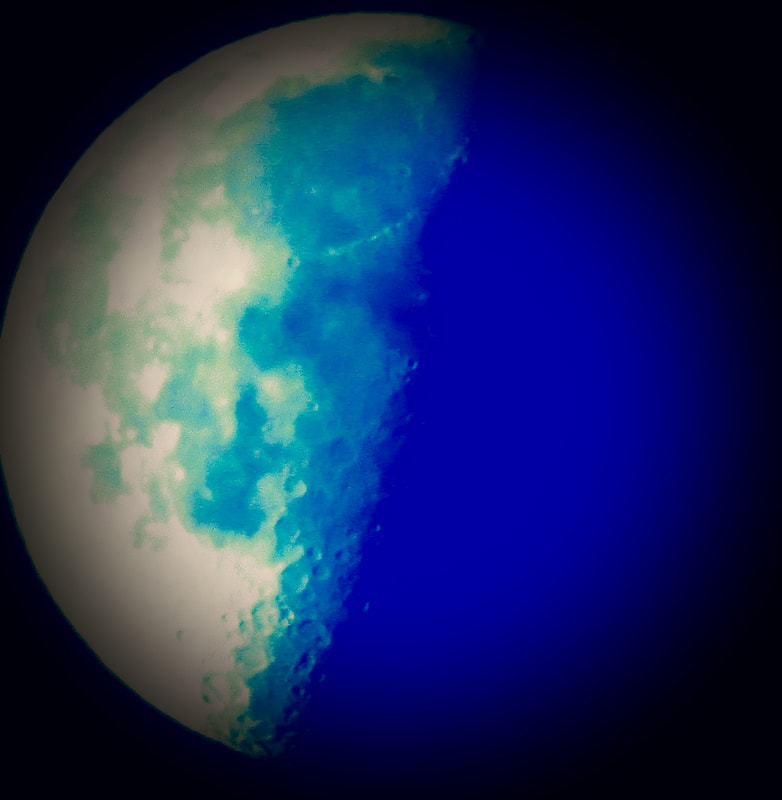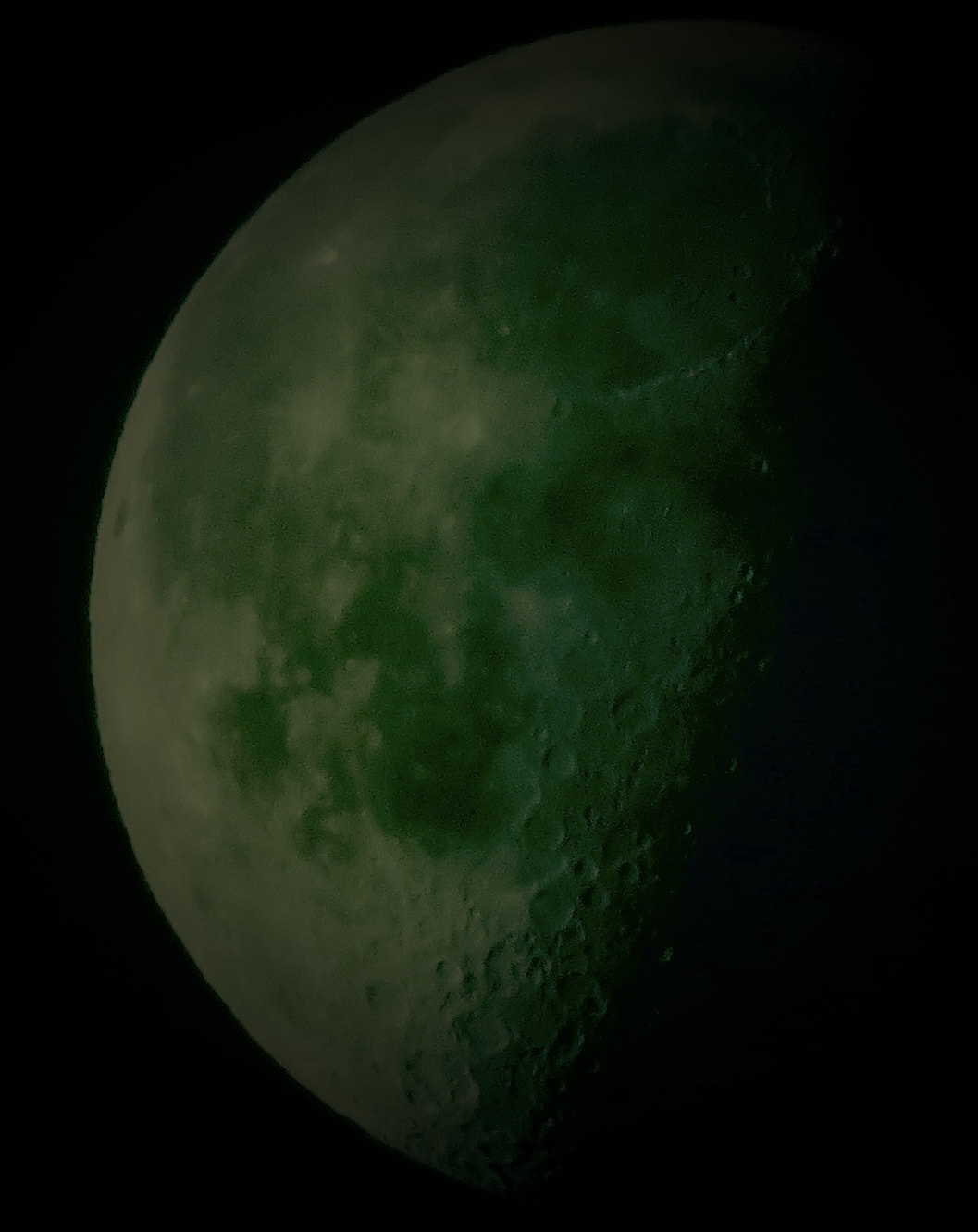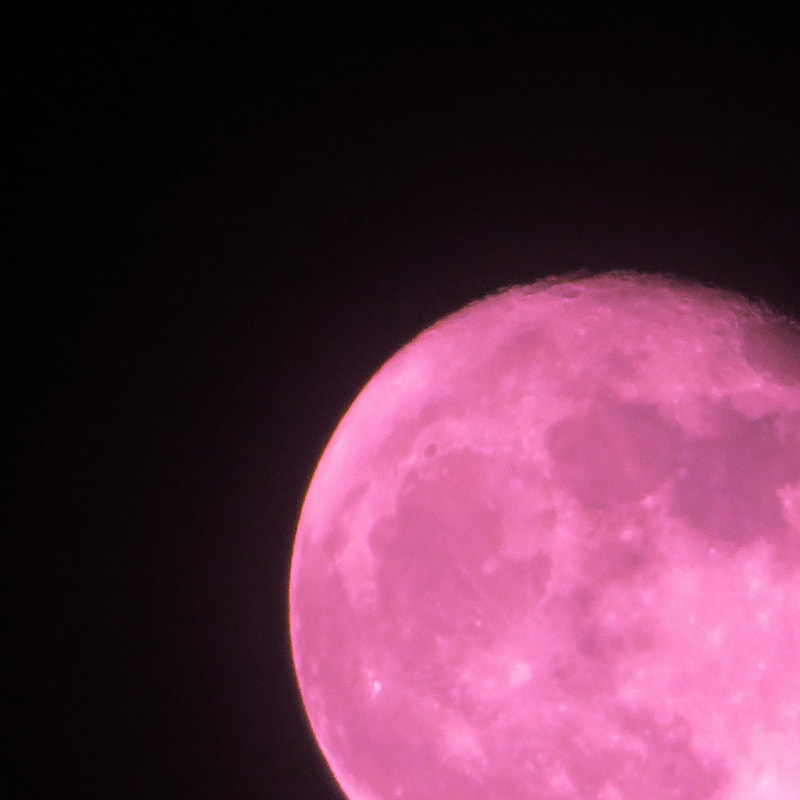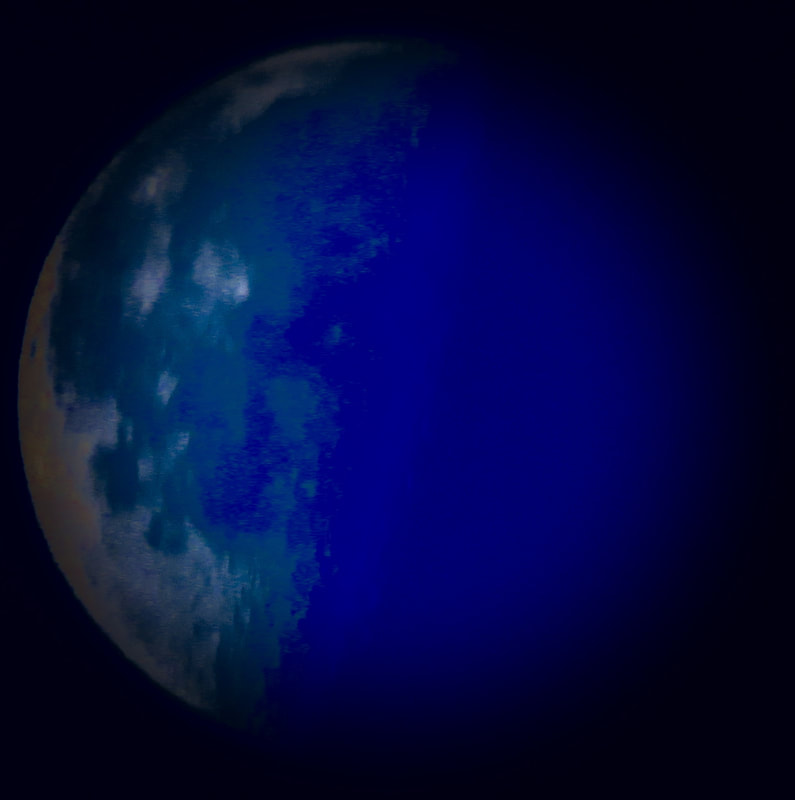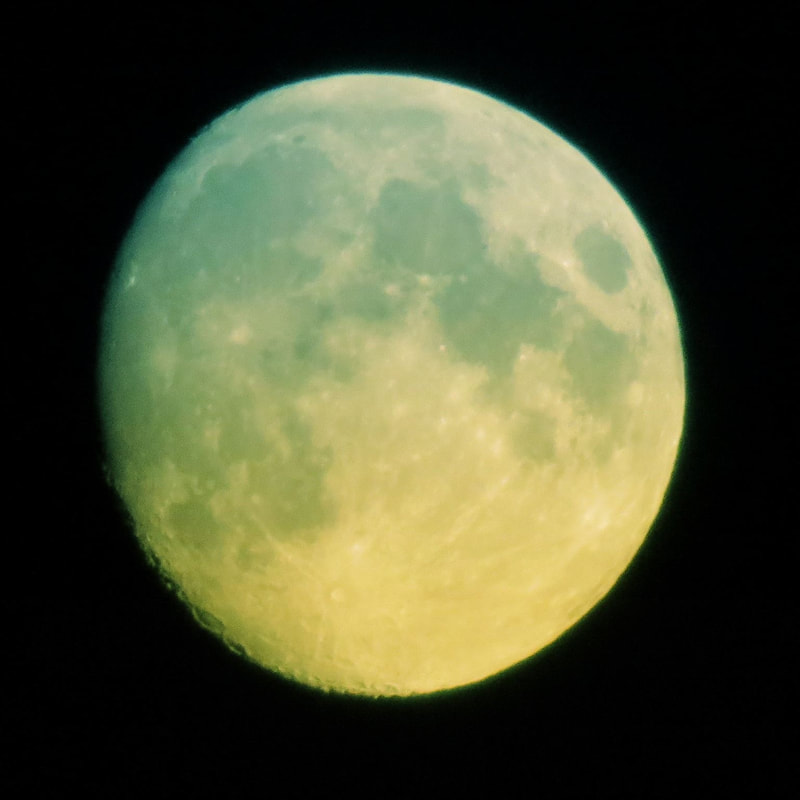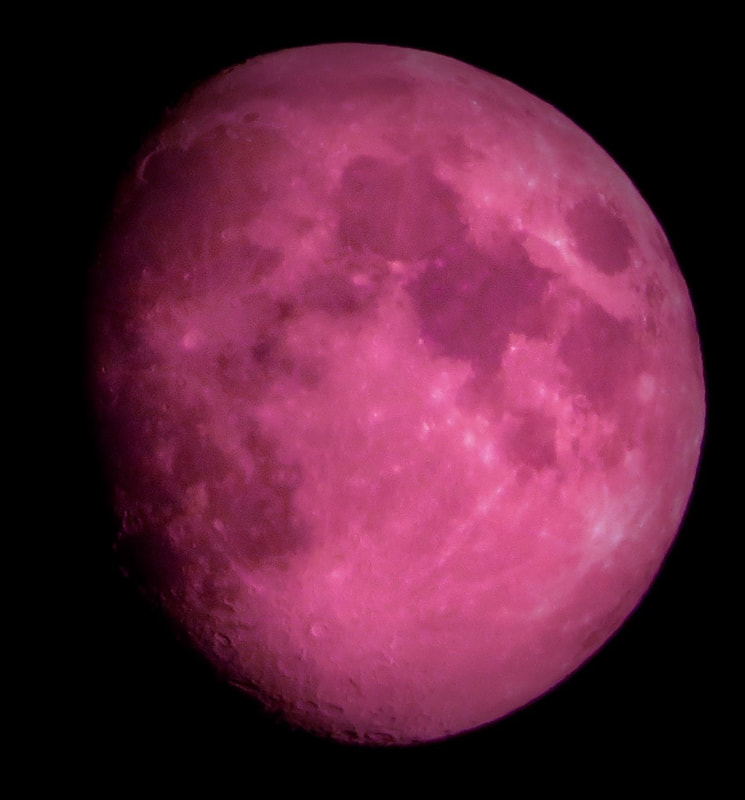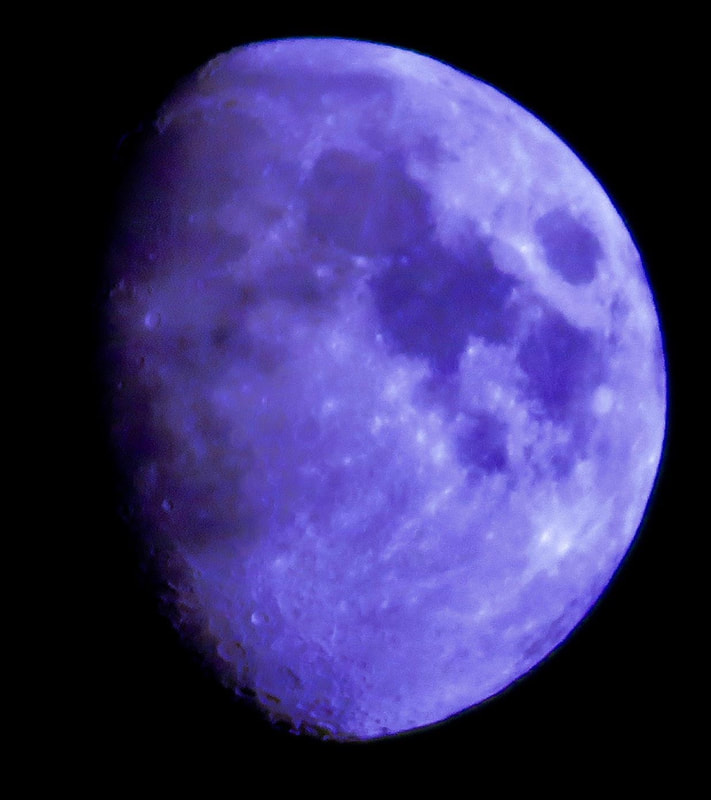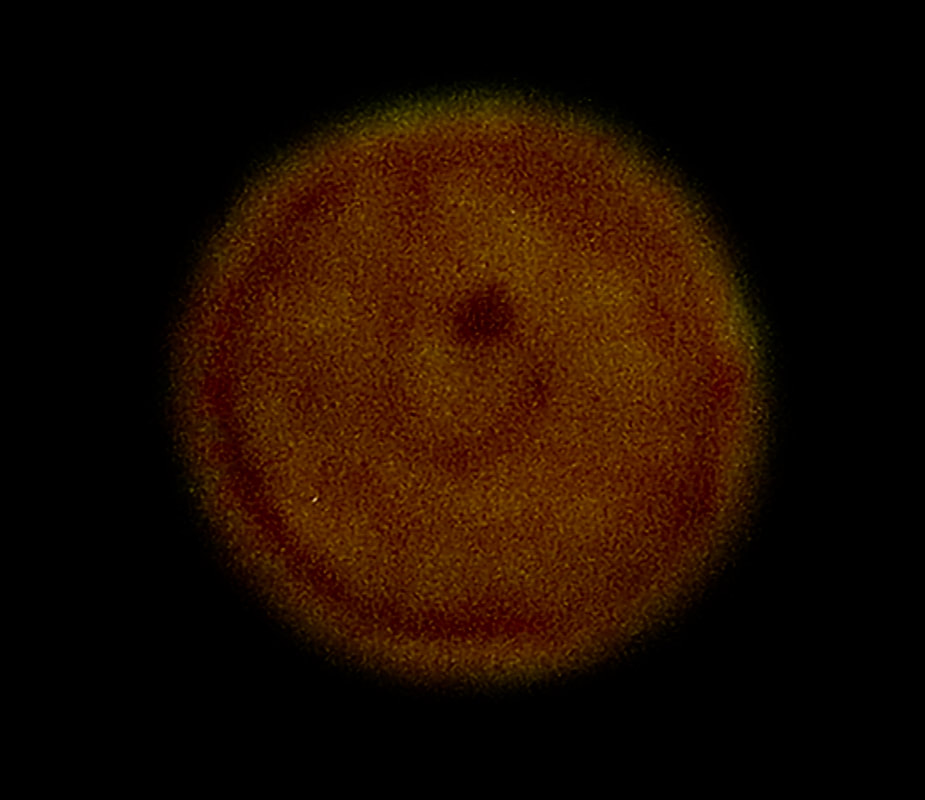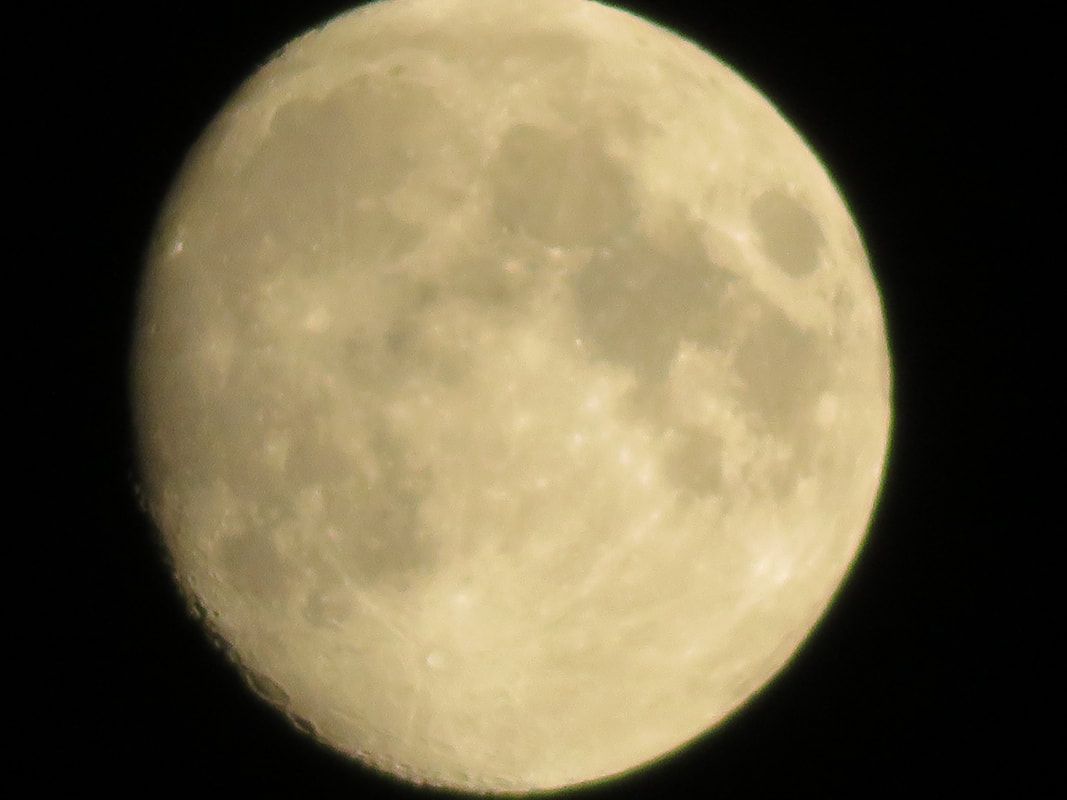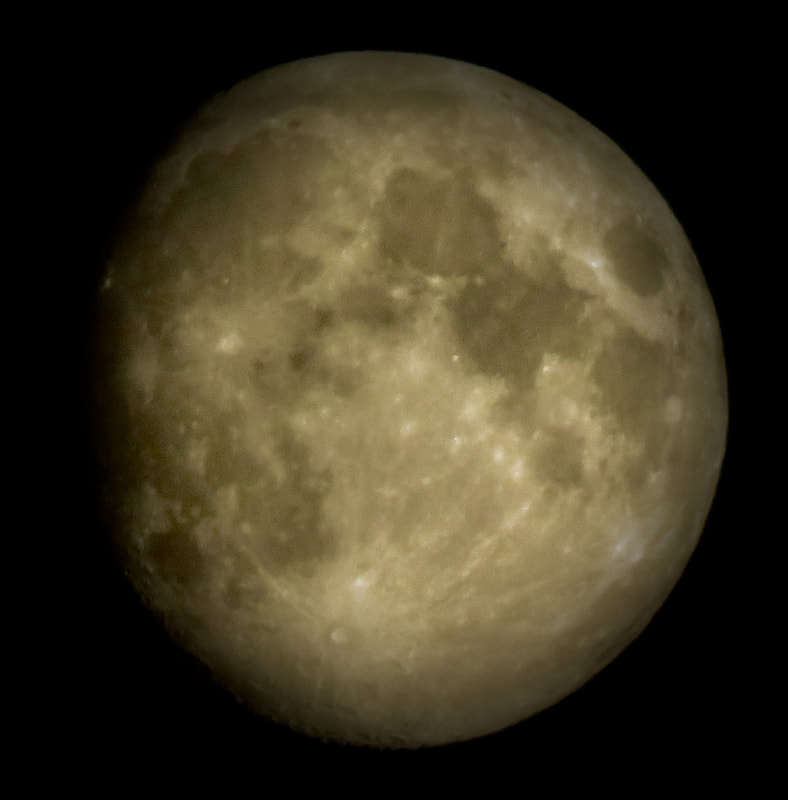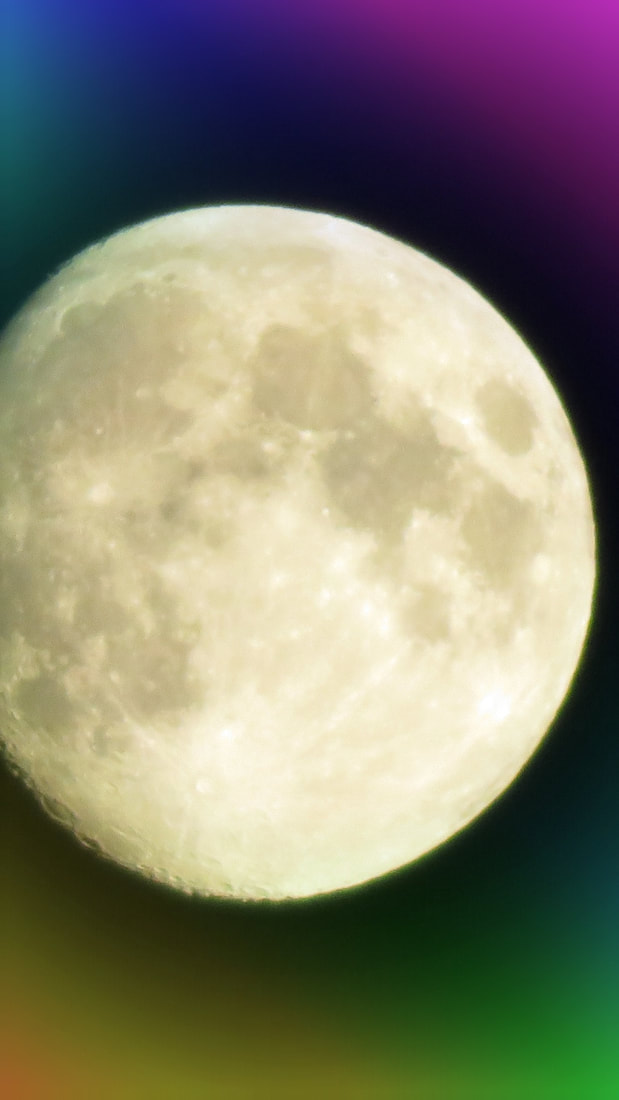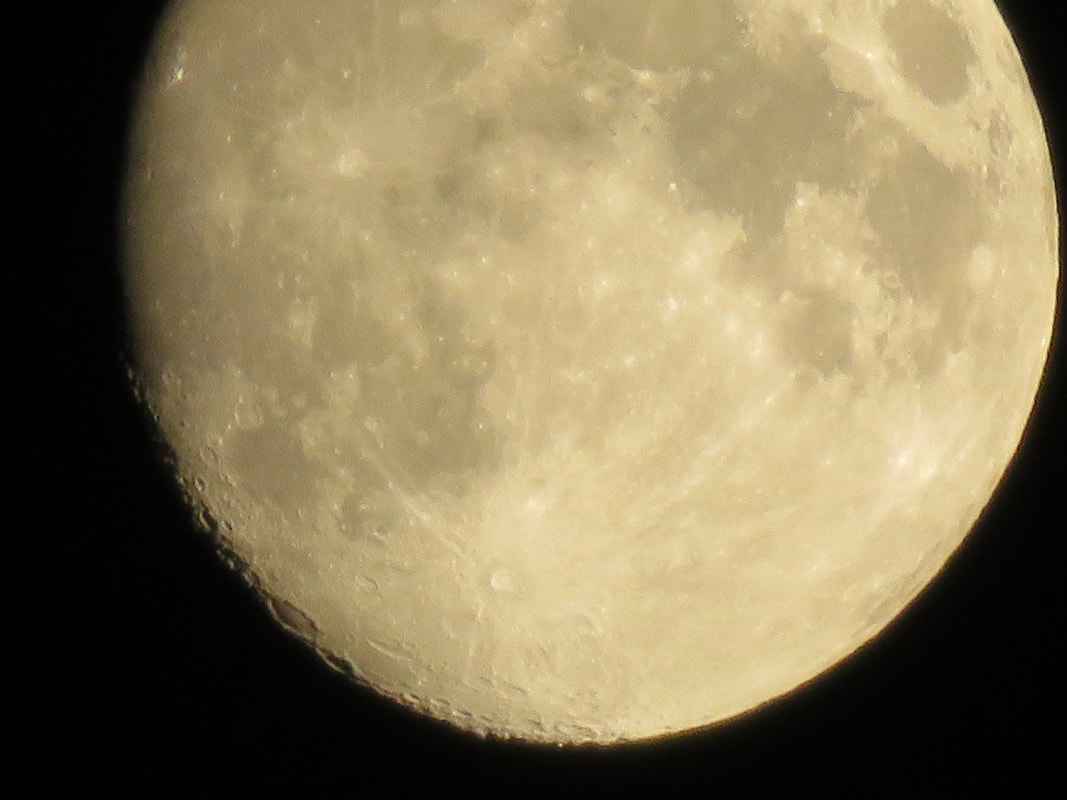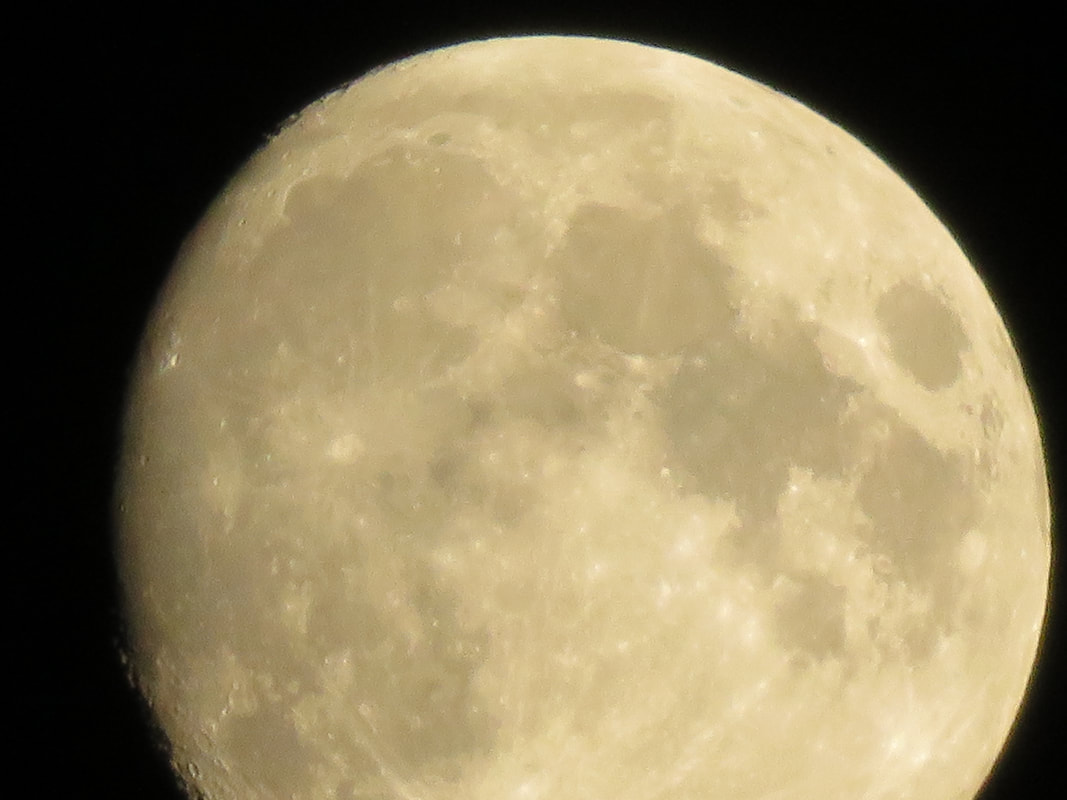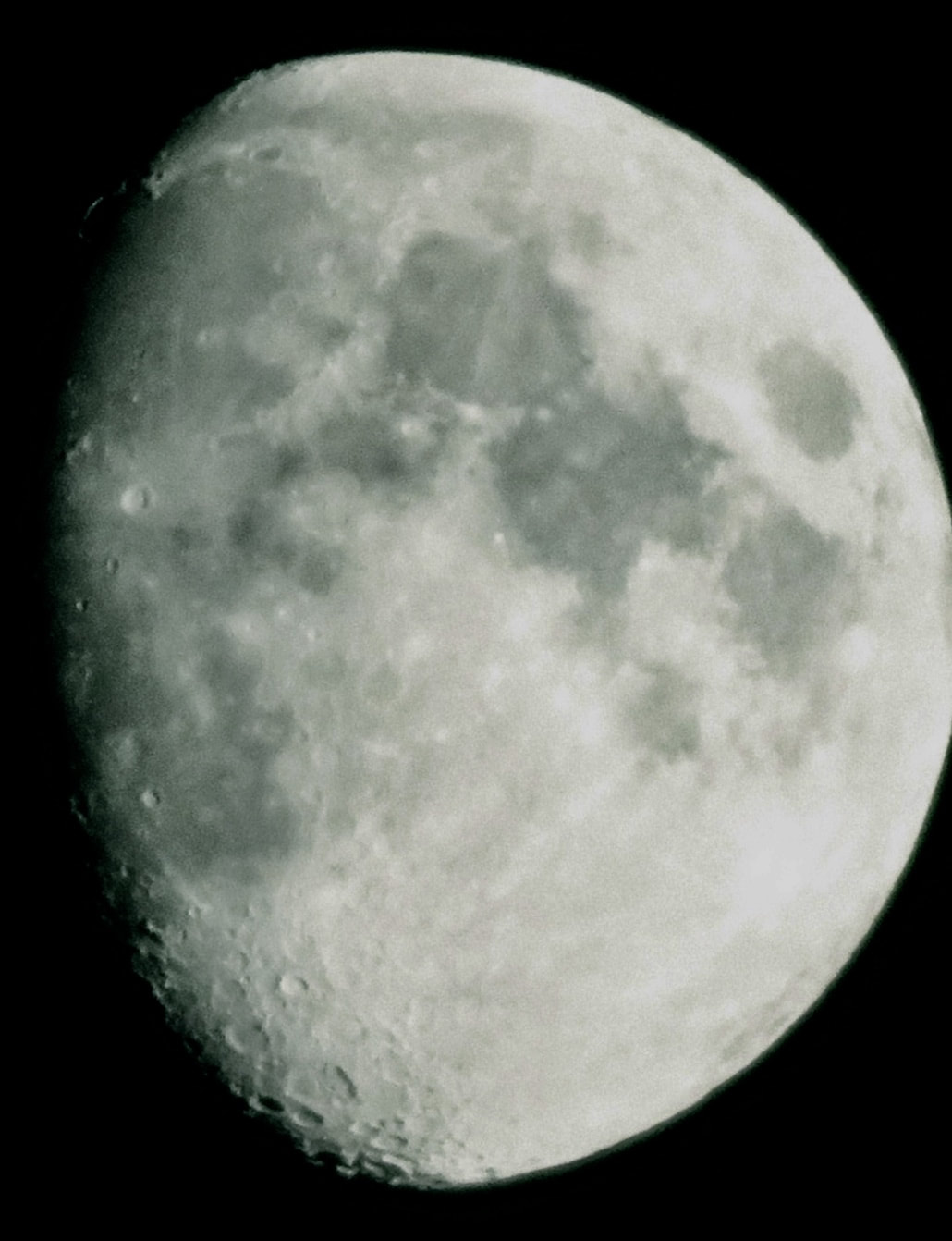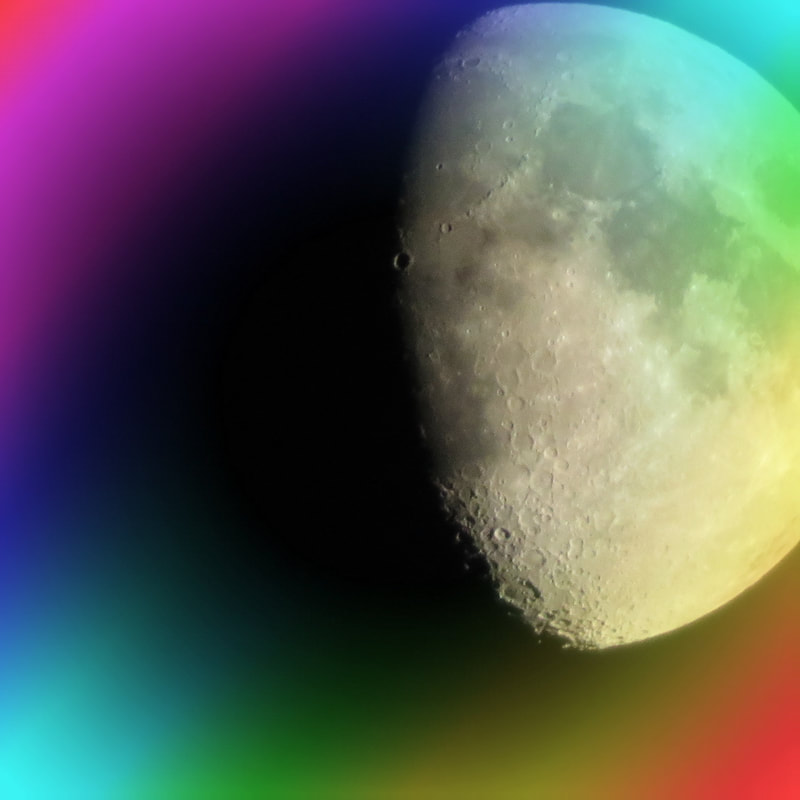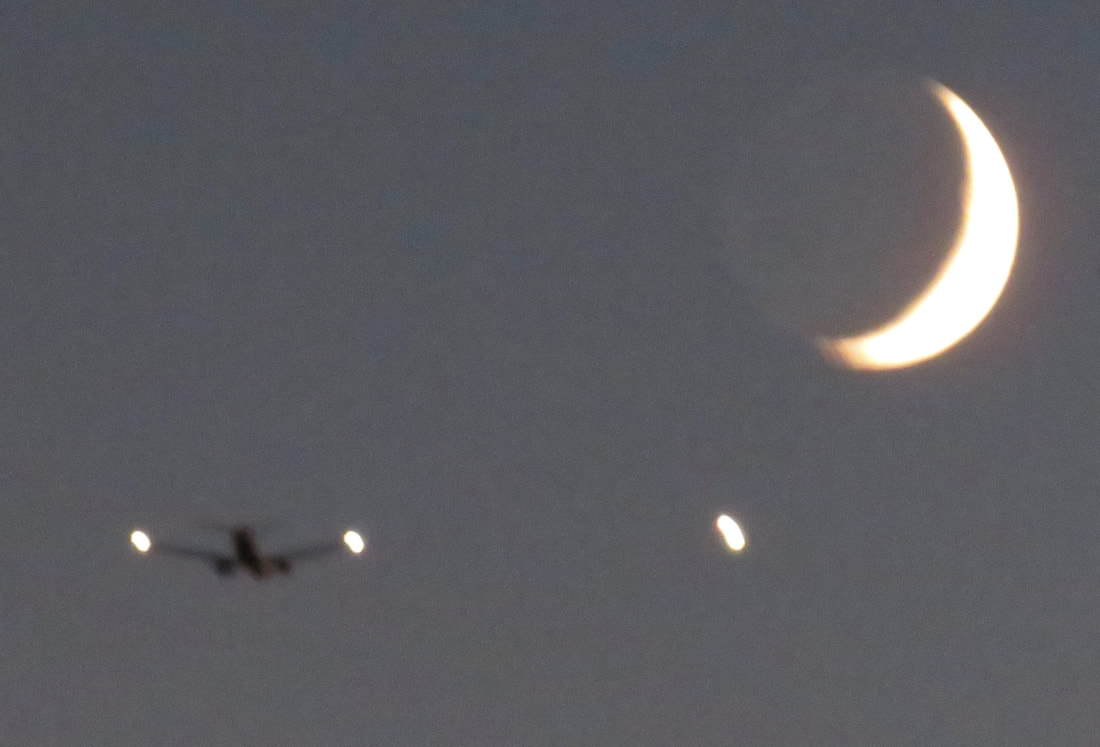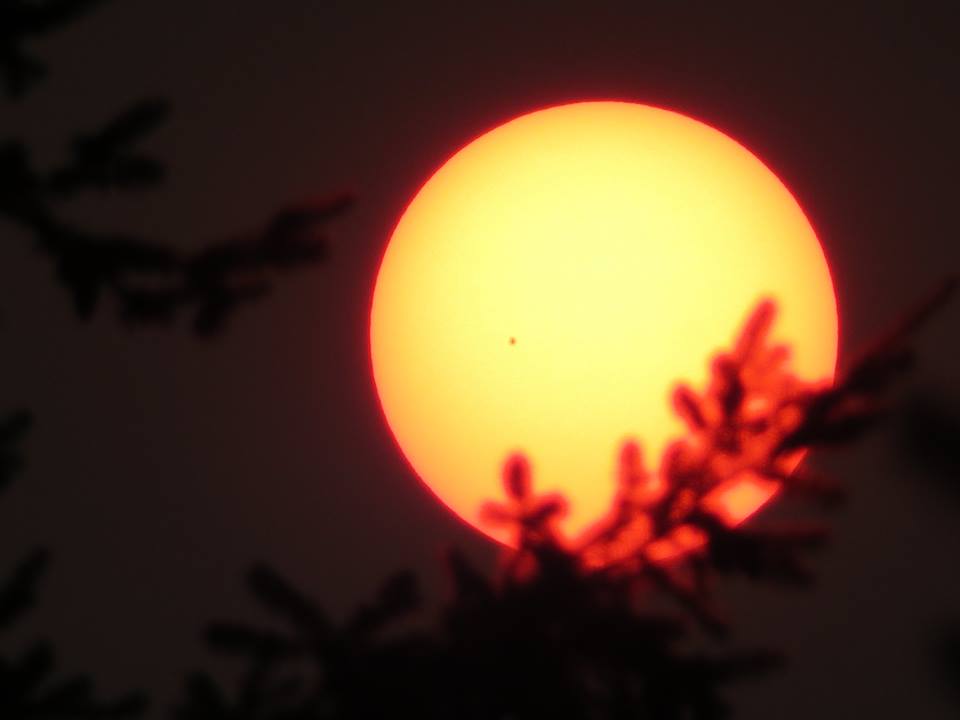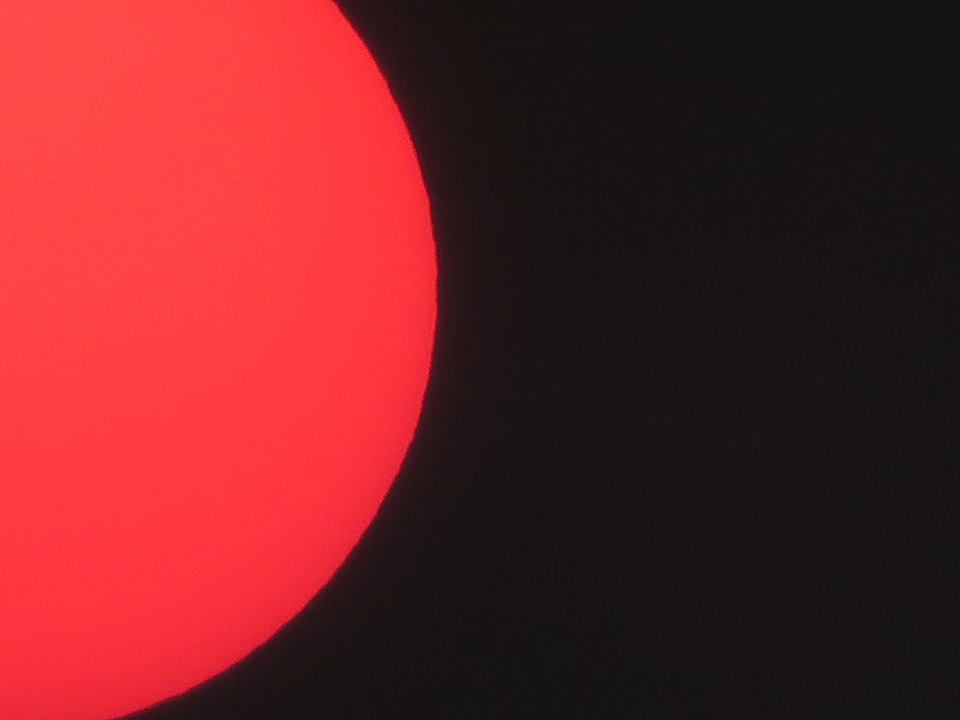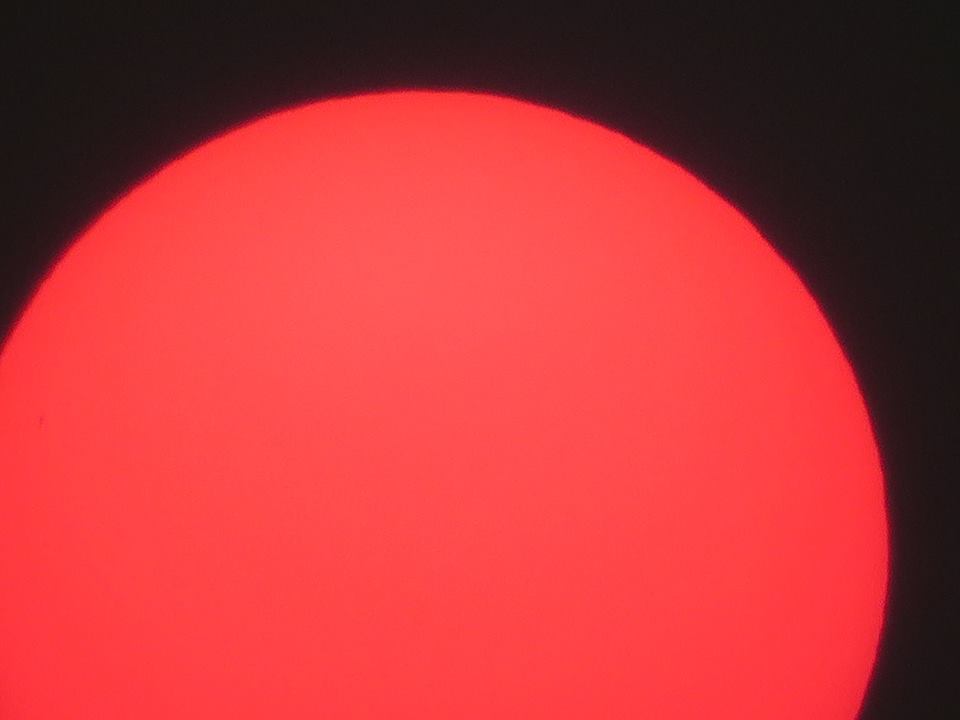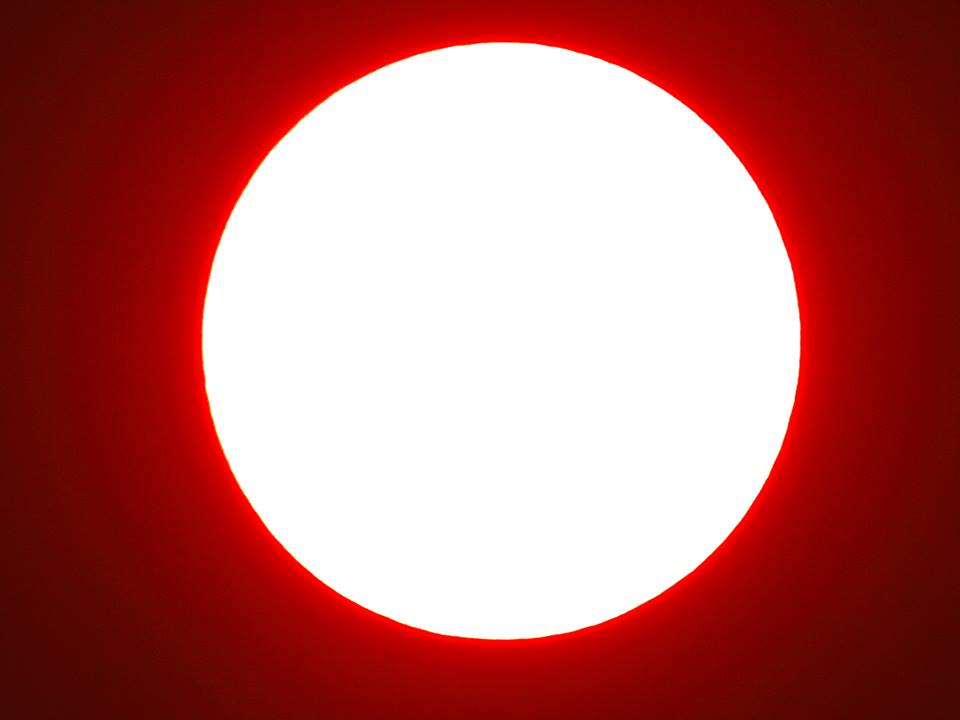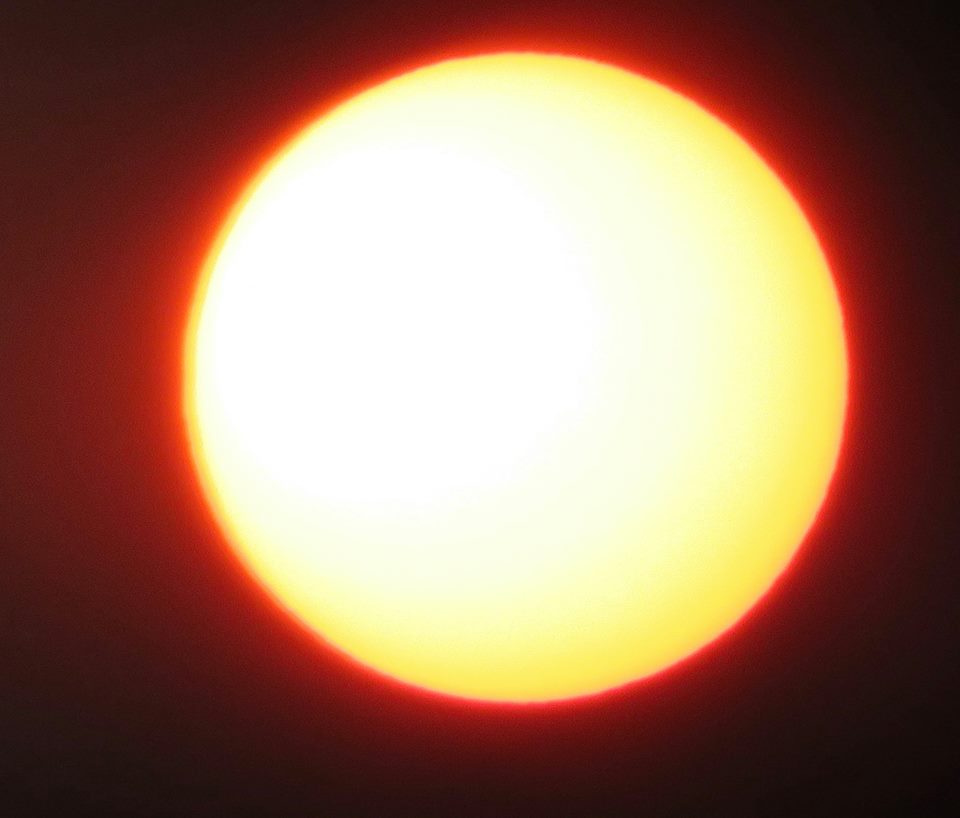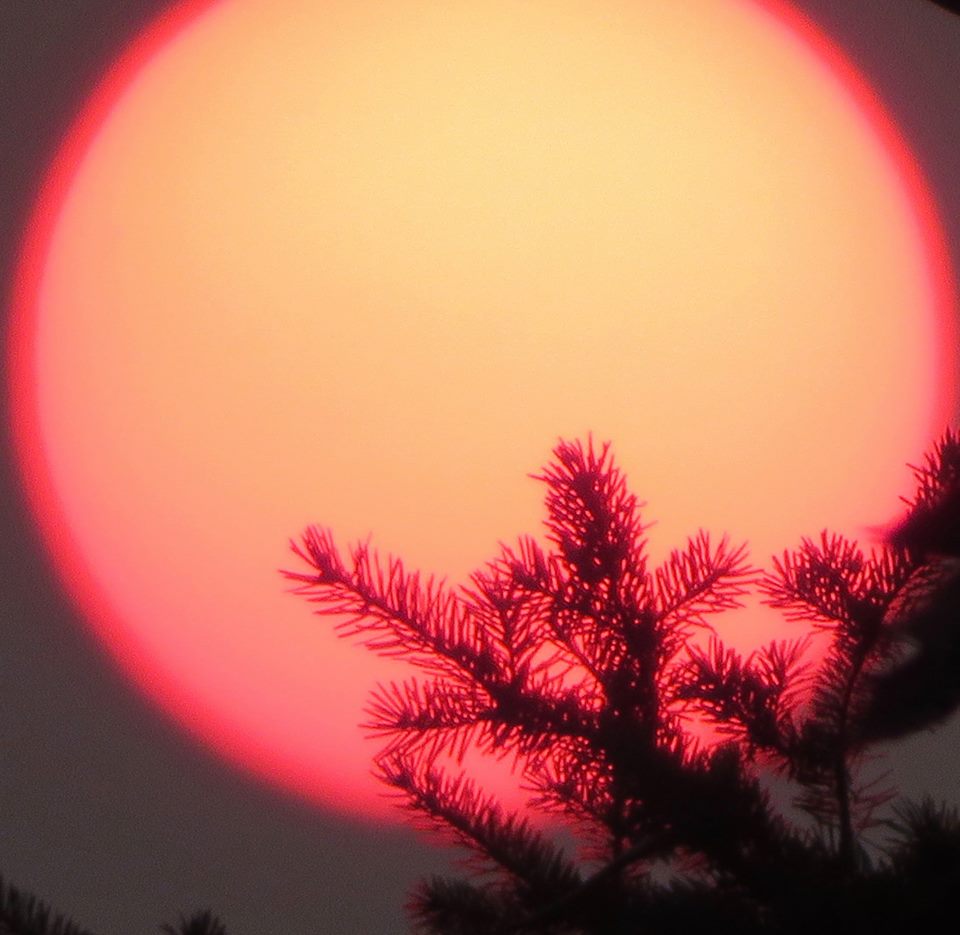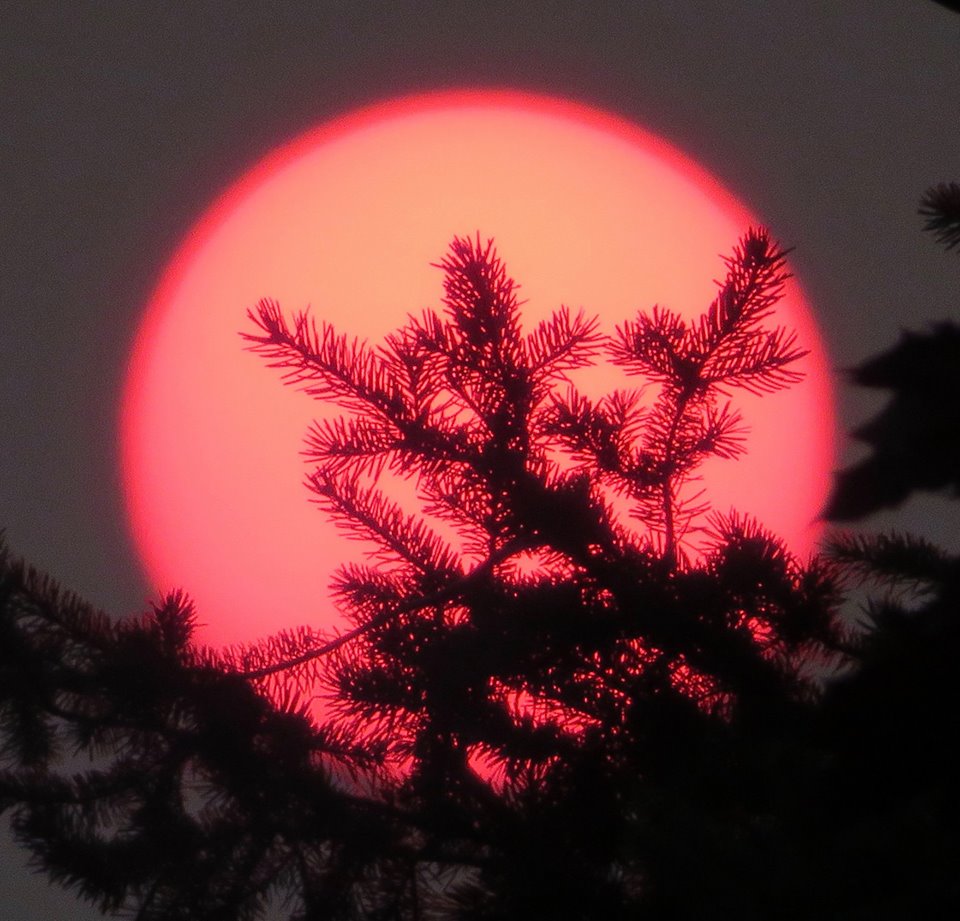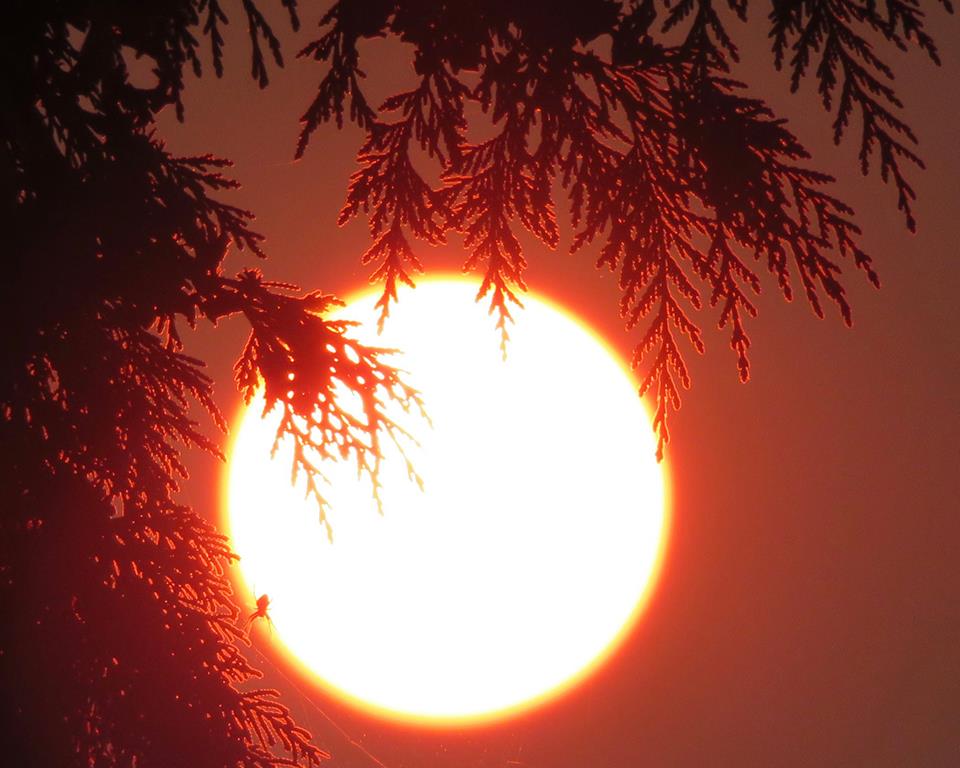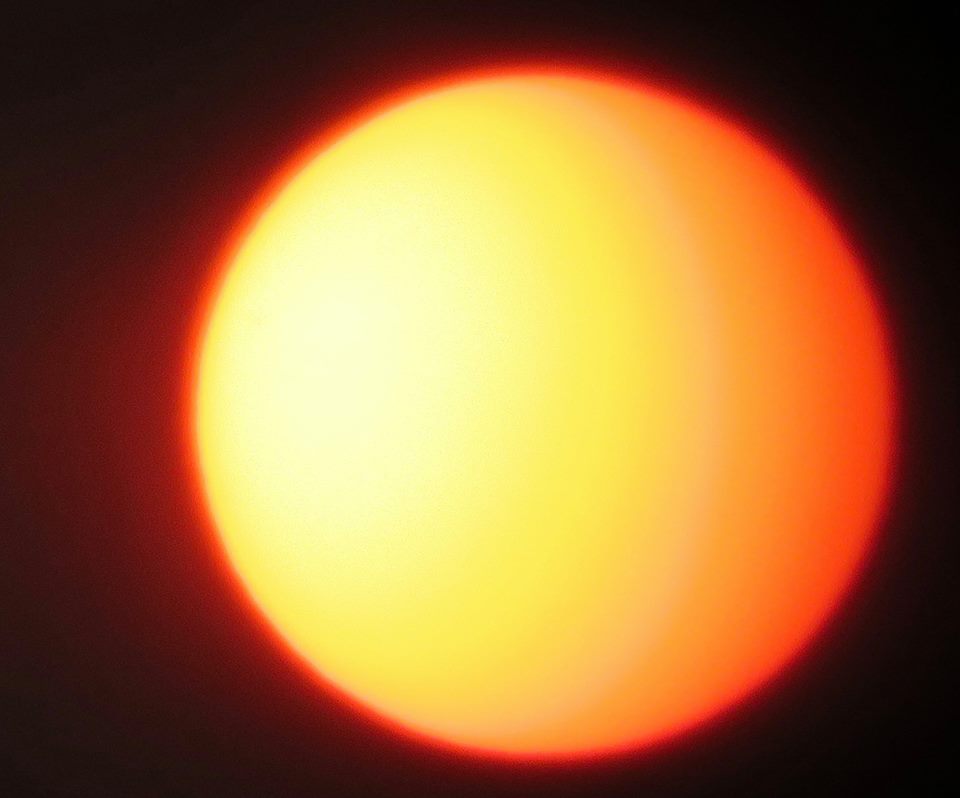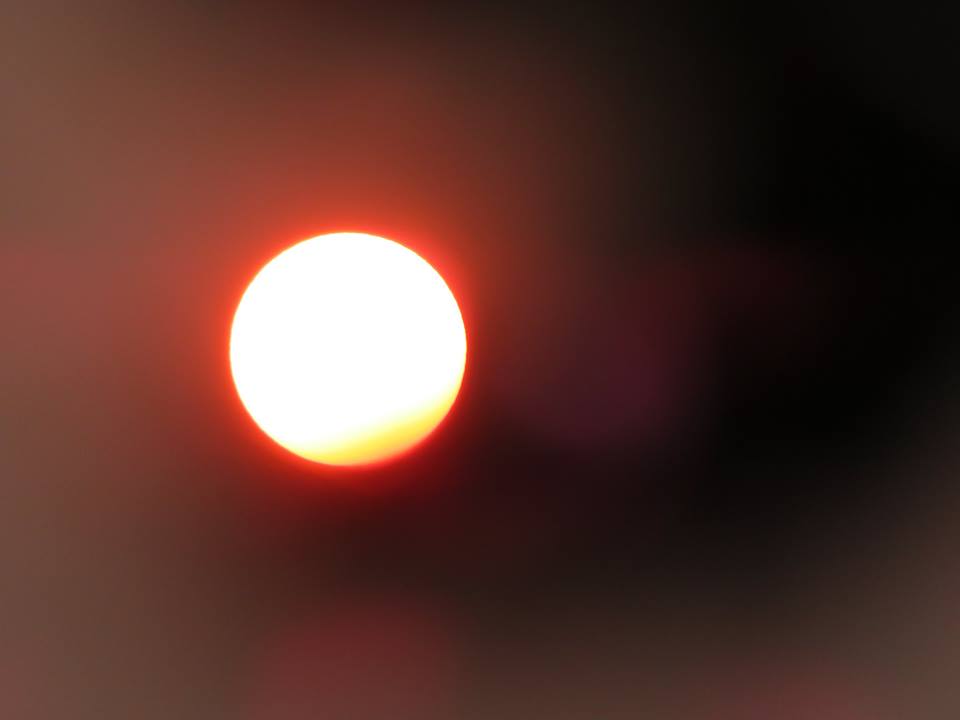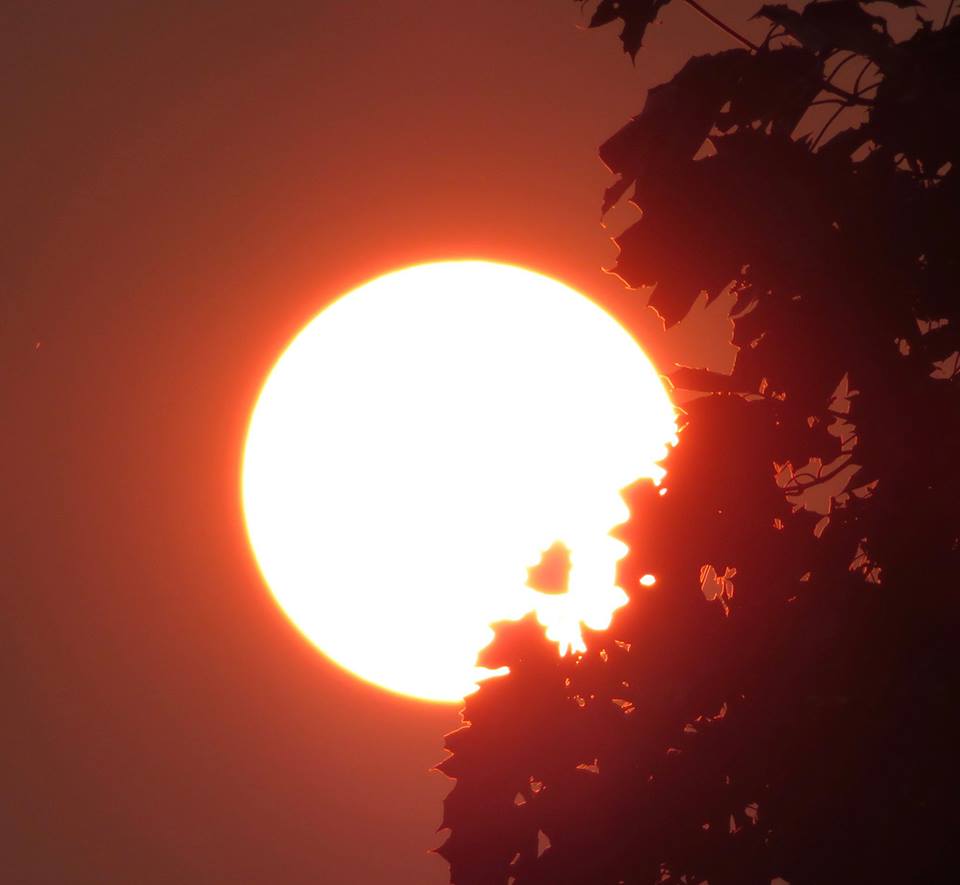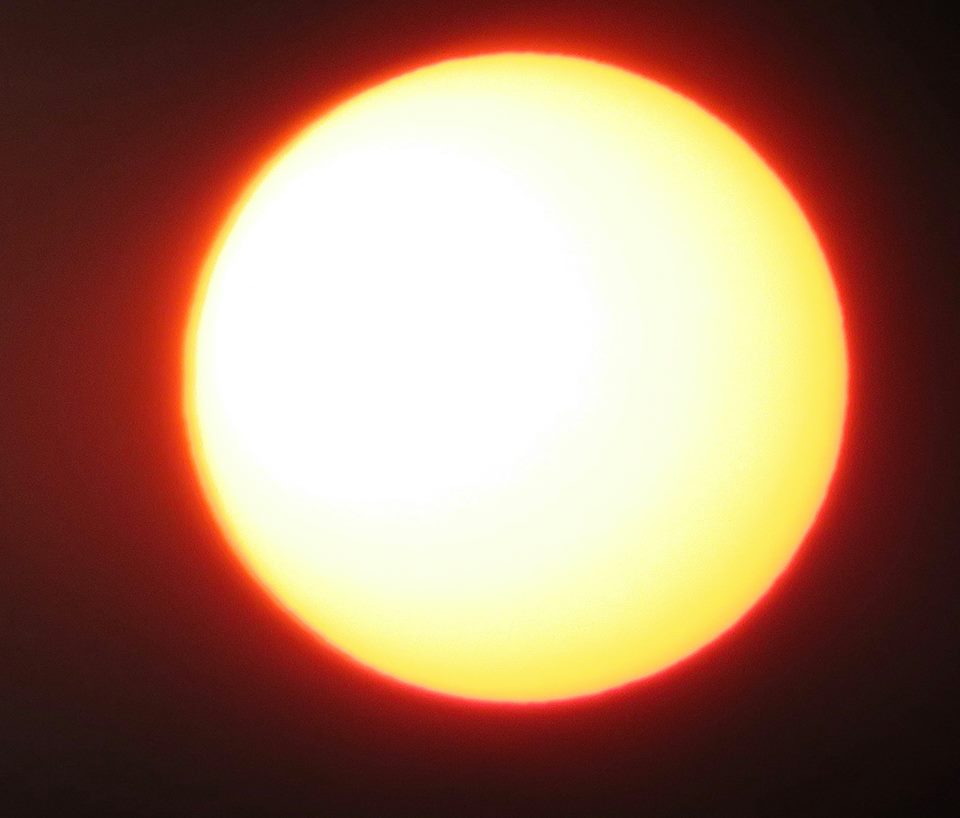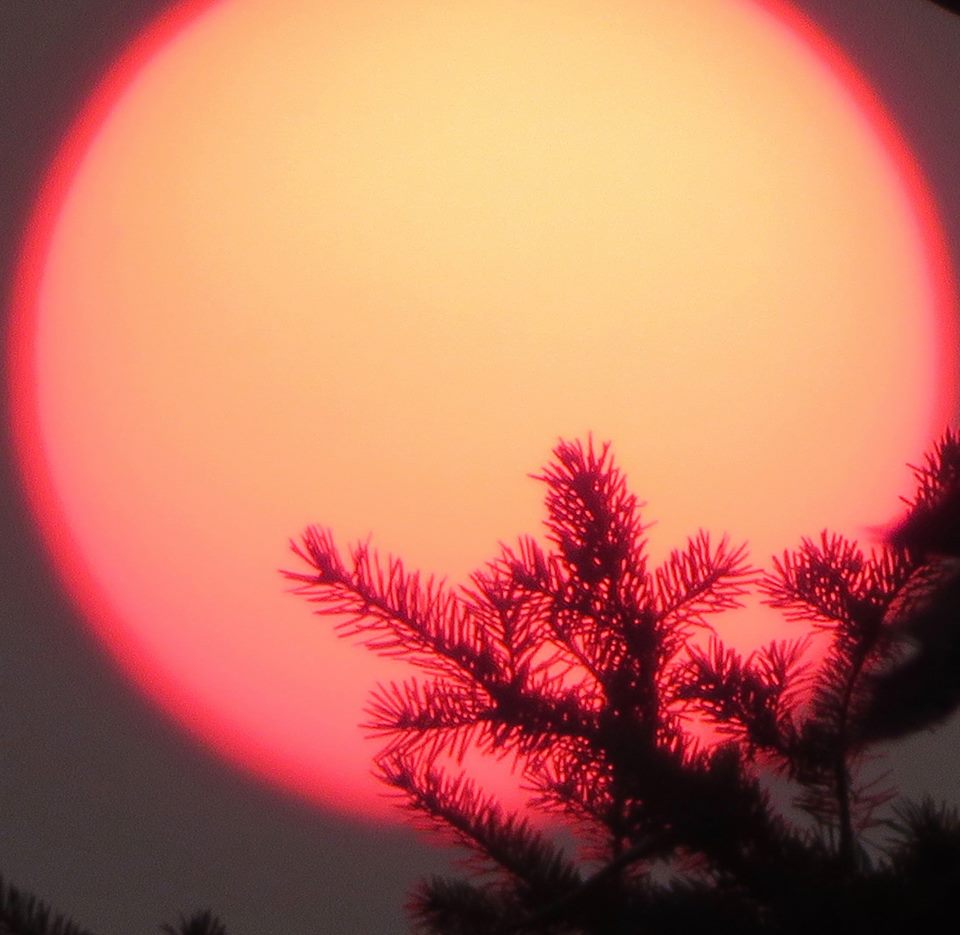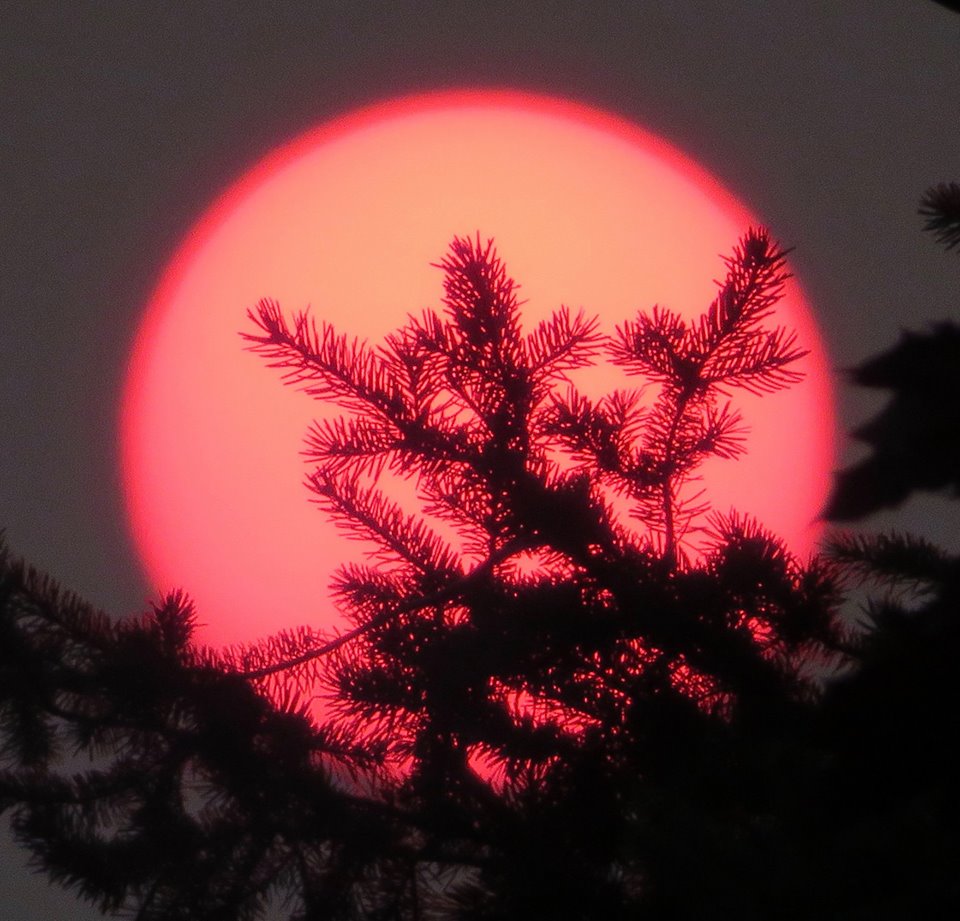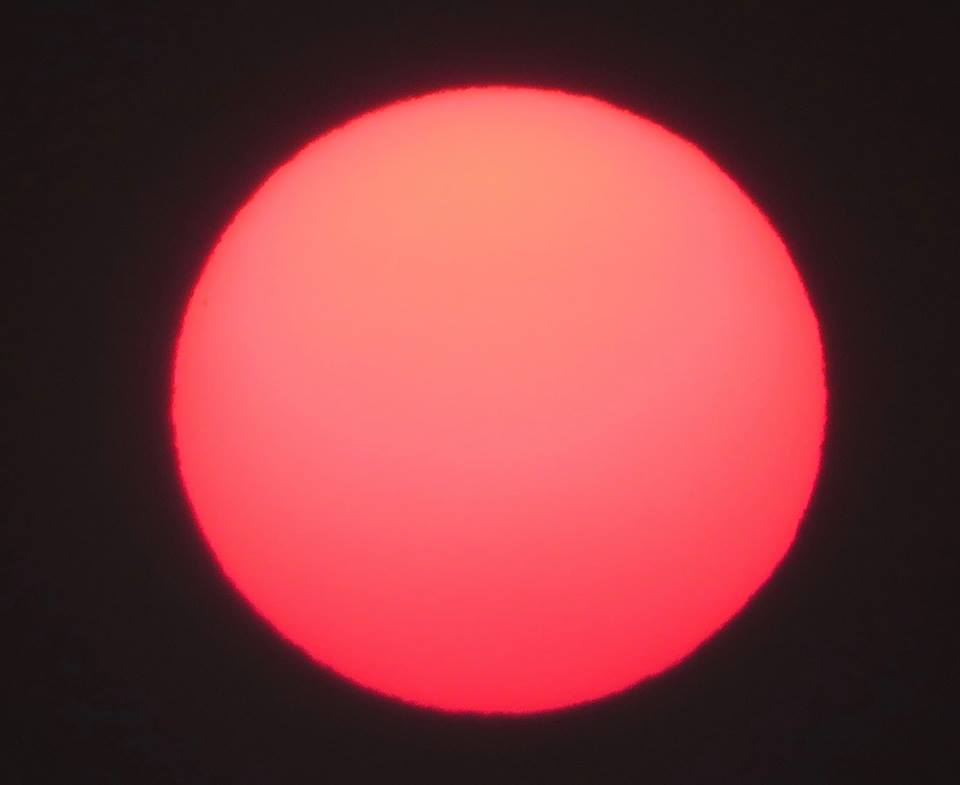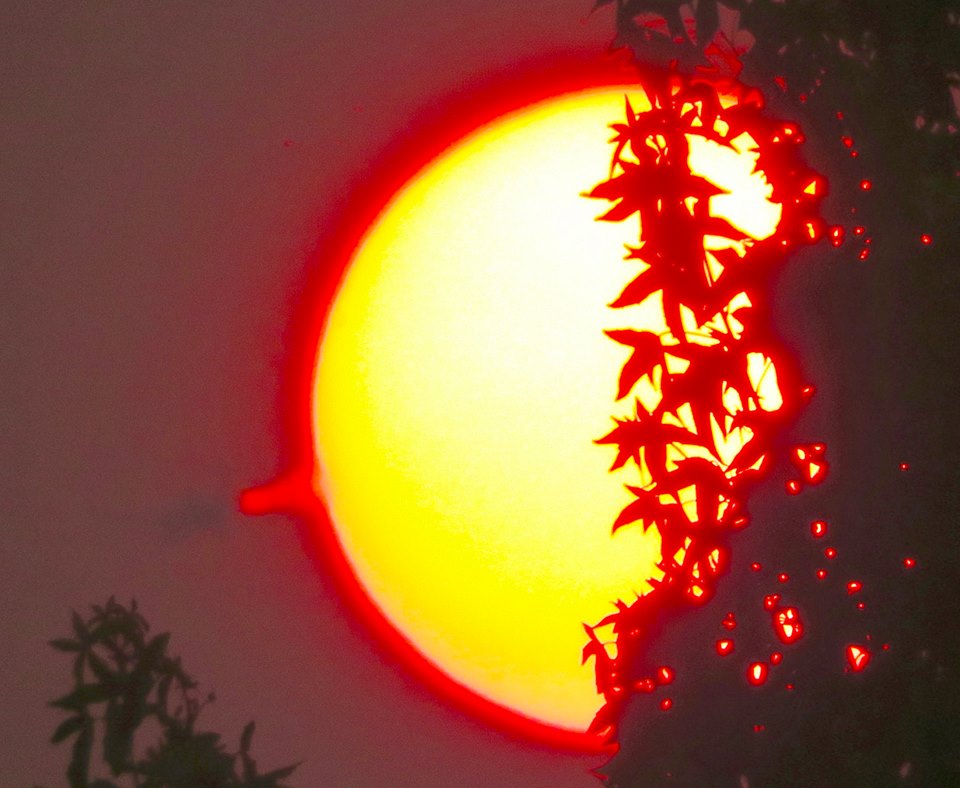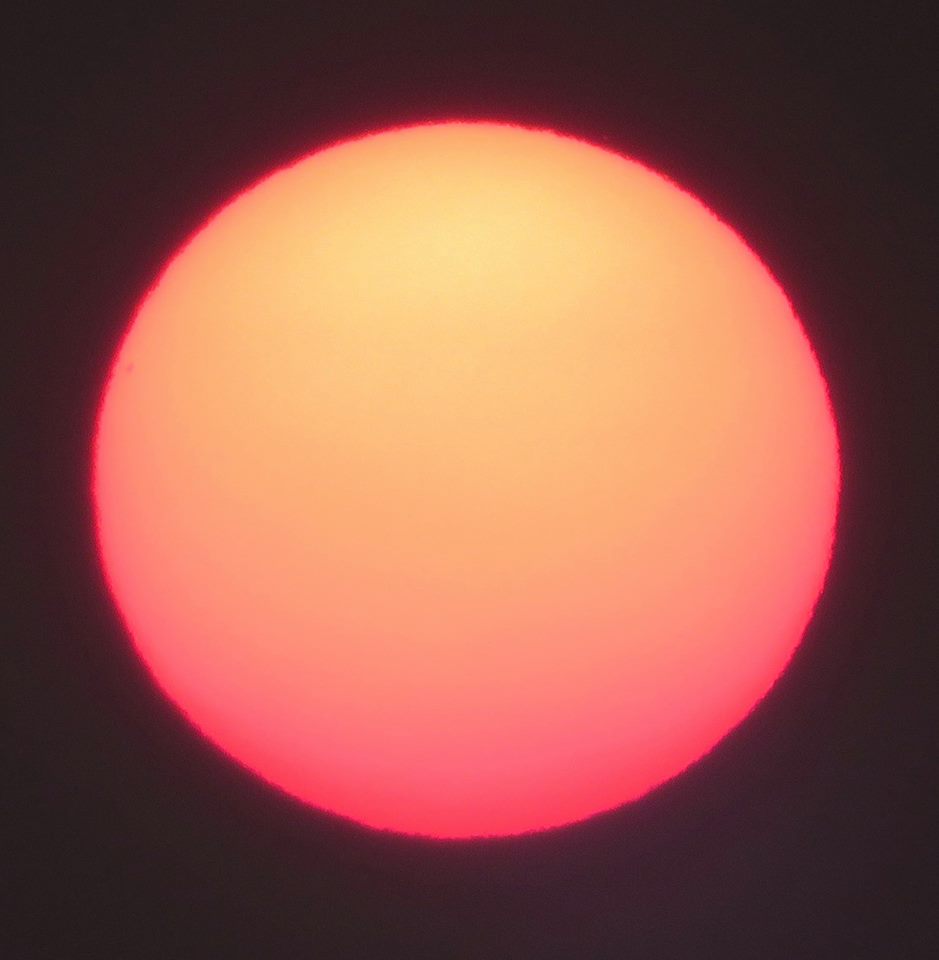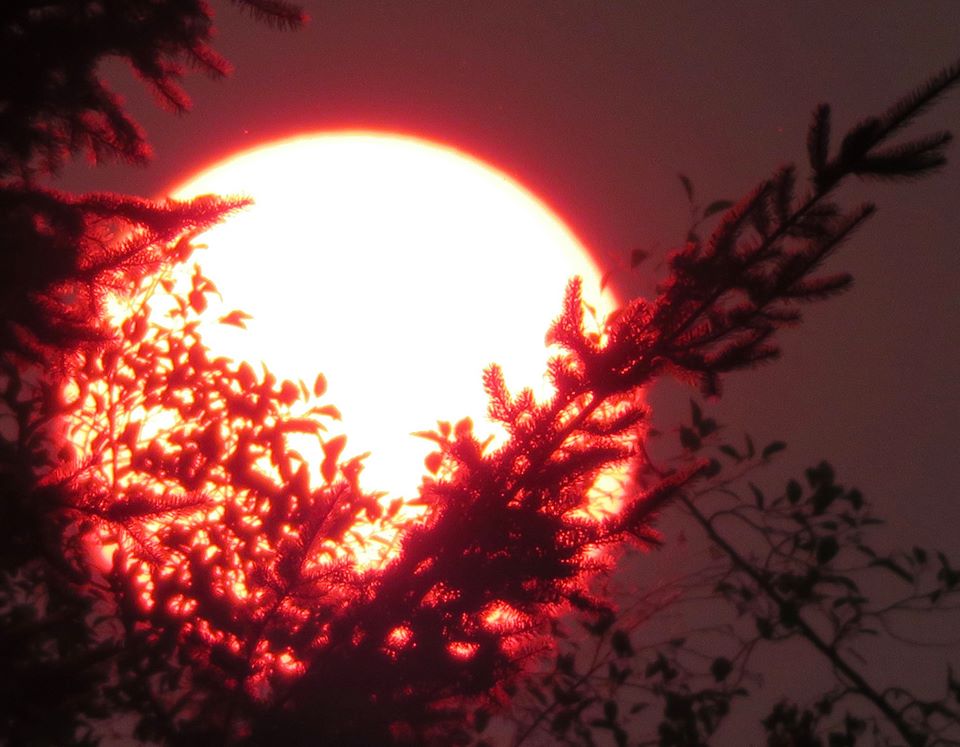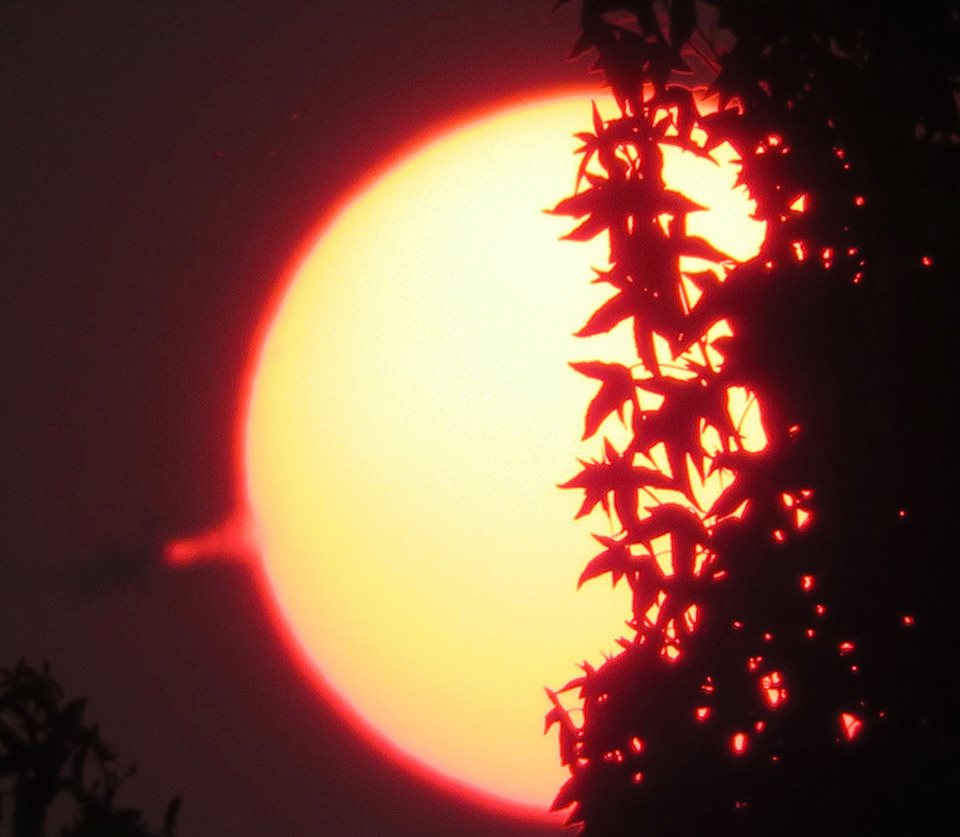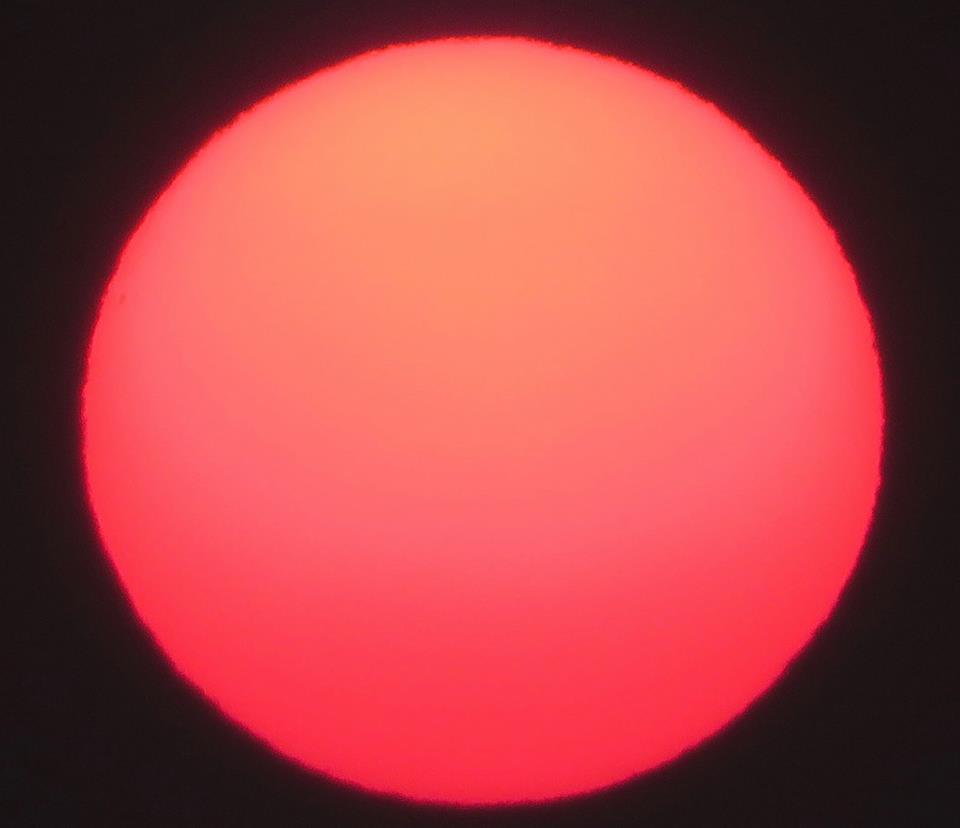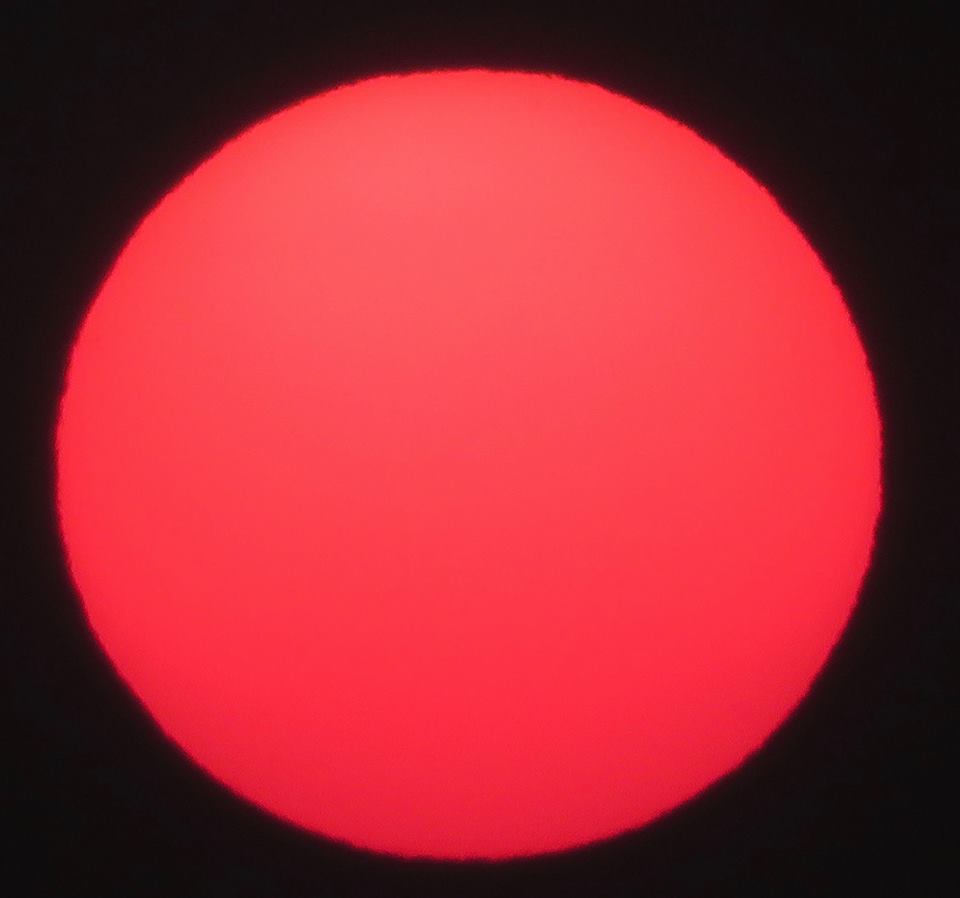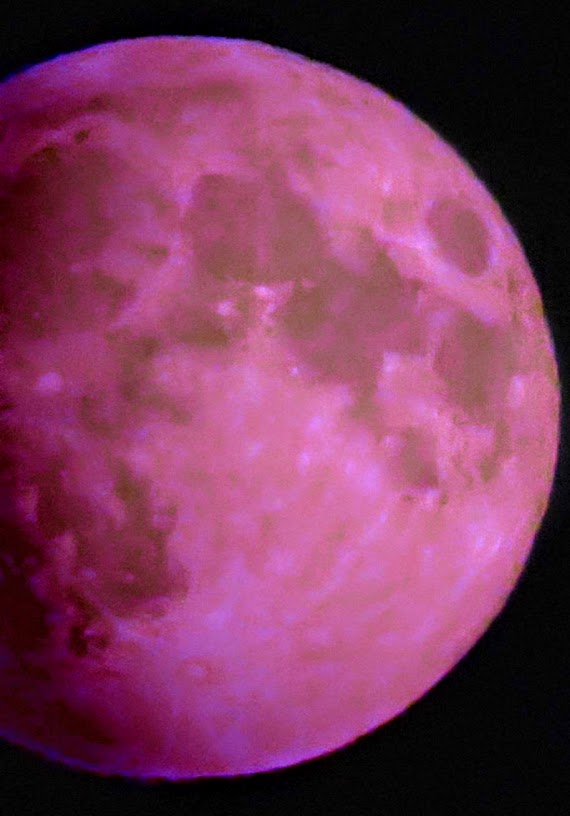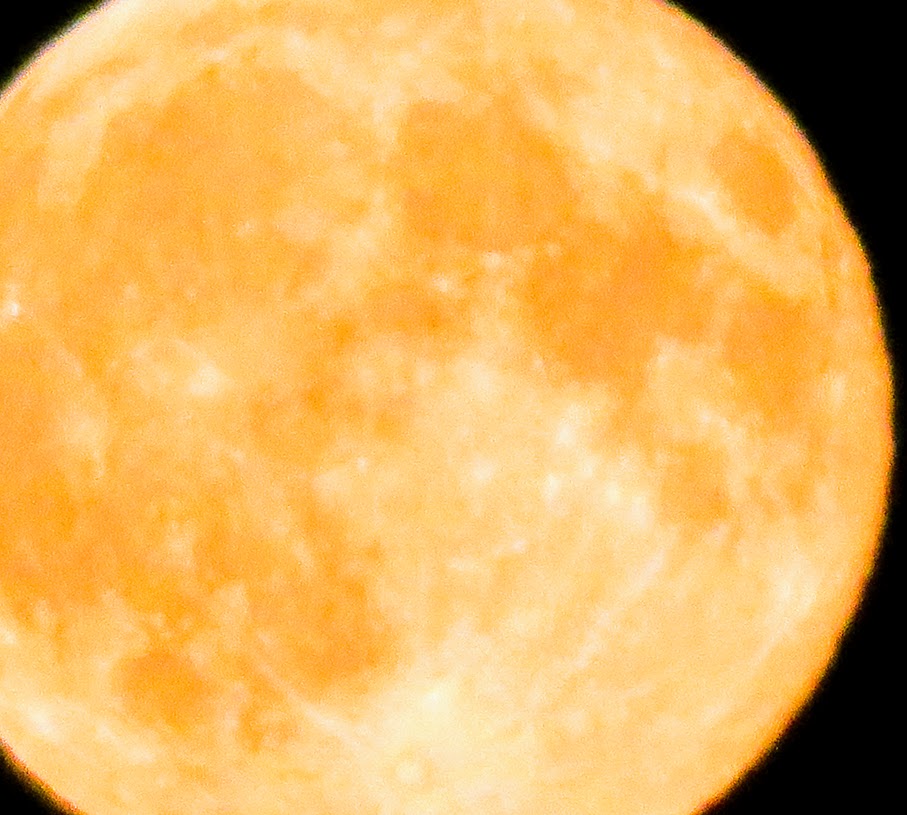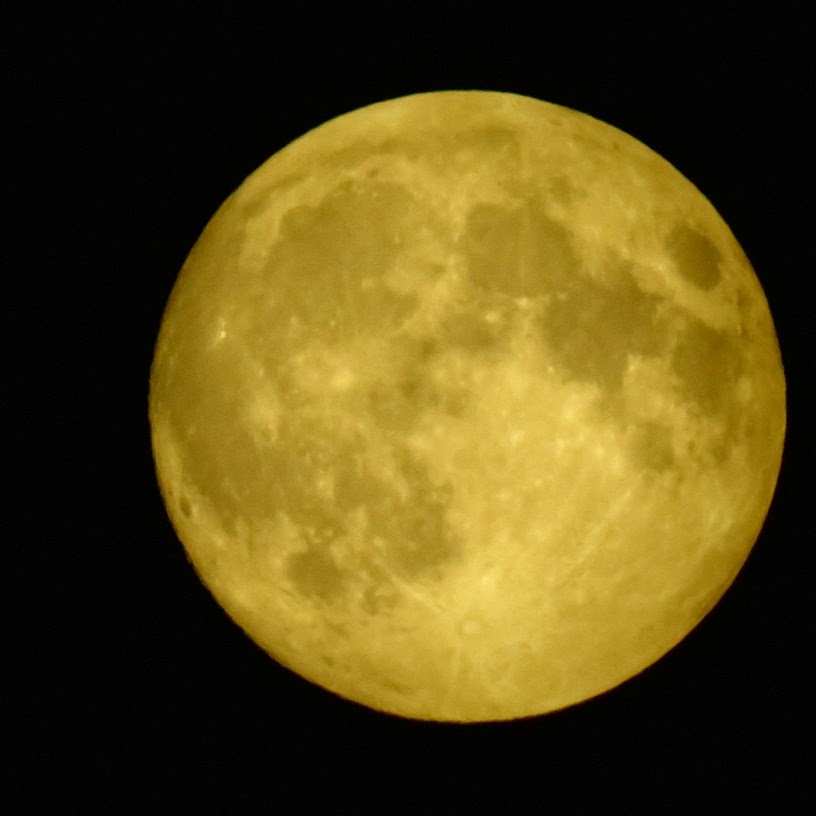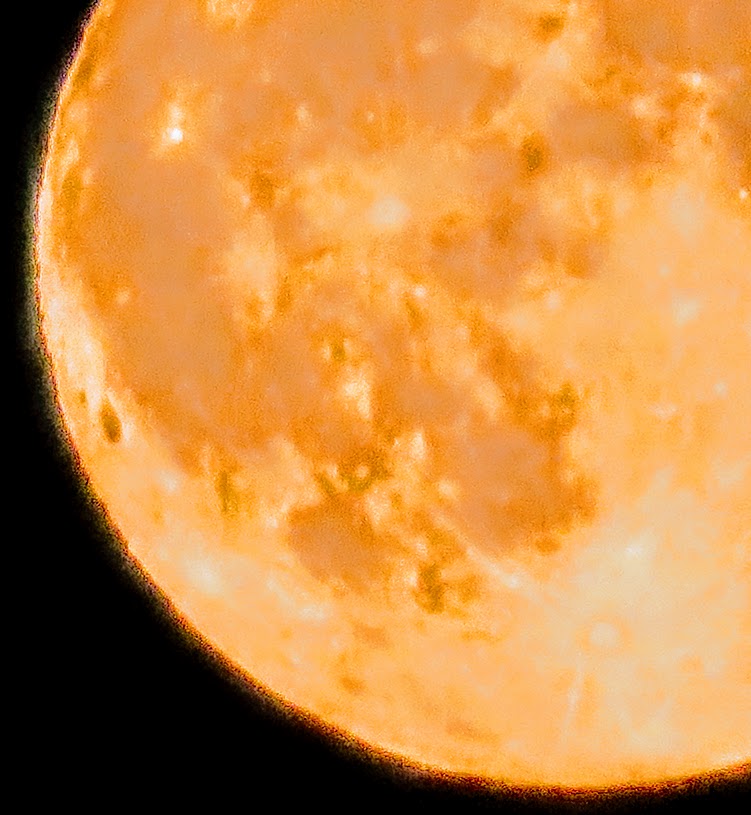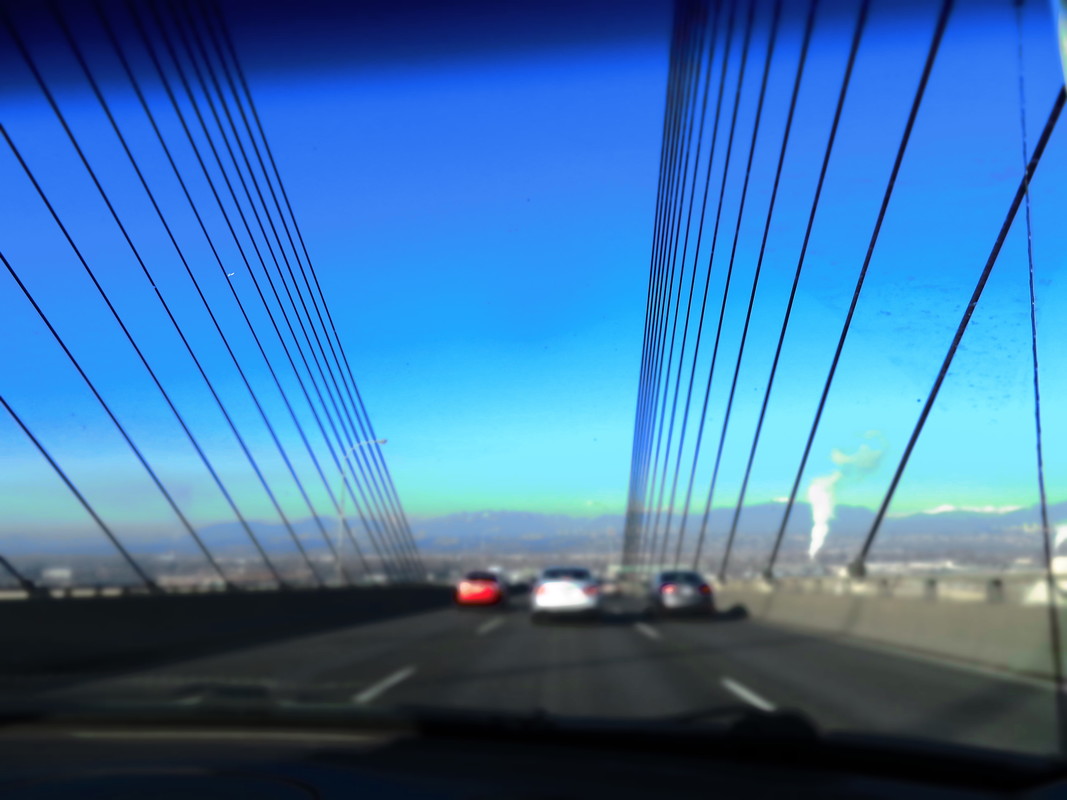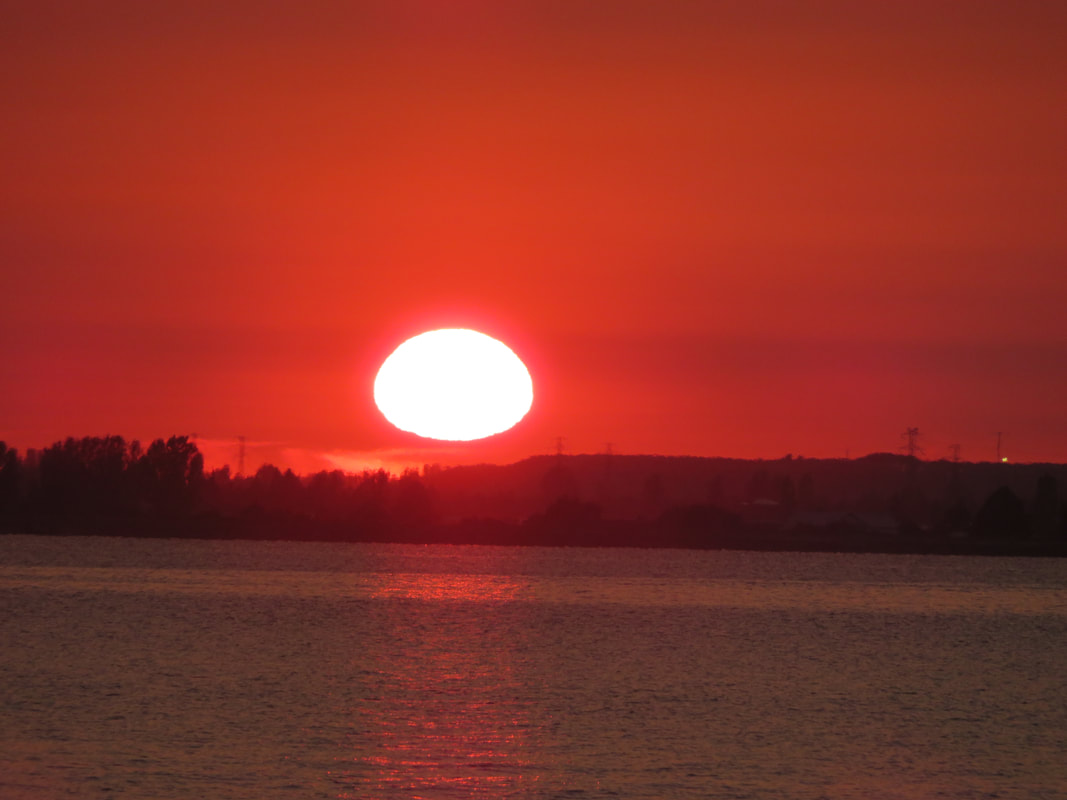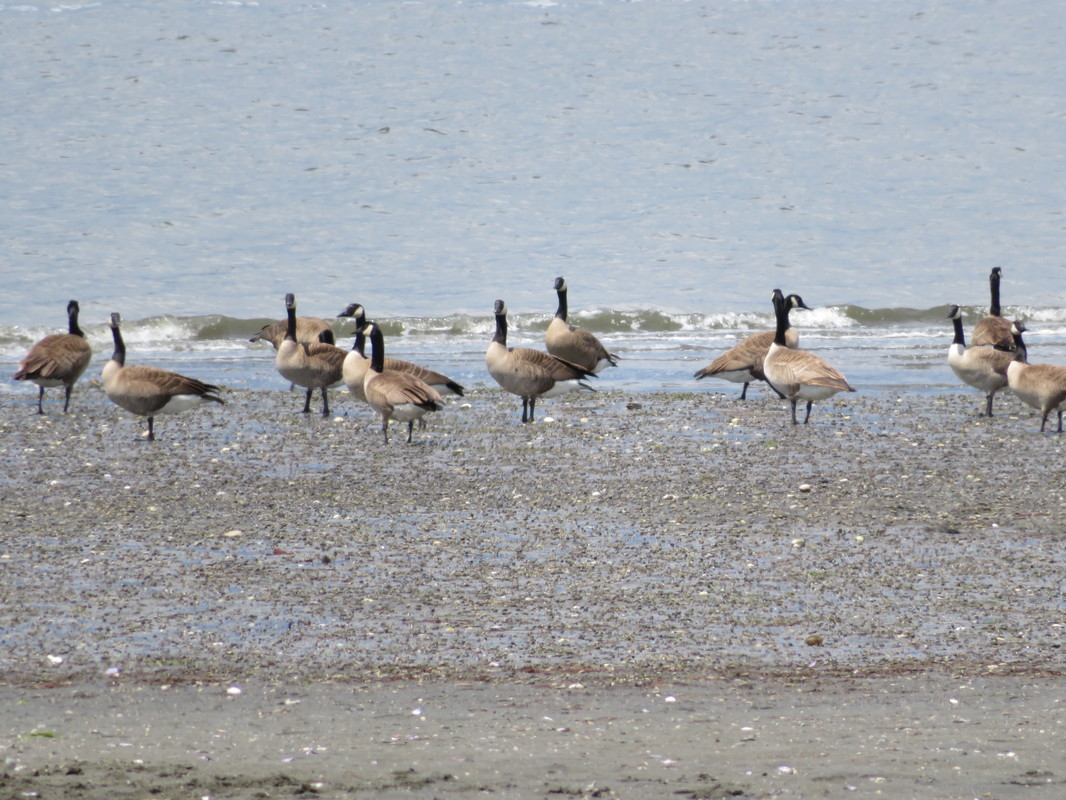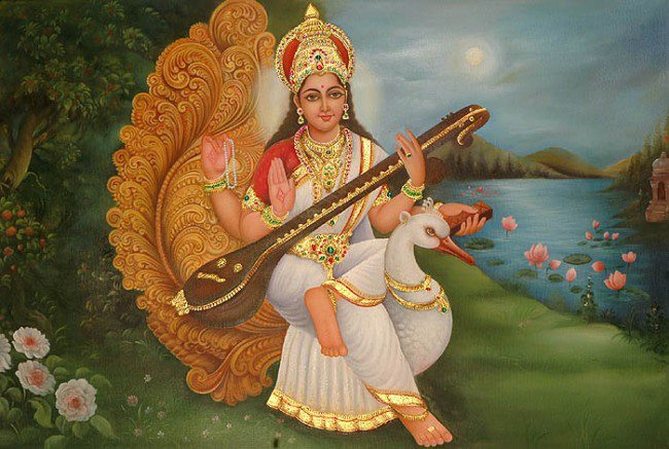
Lord Chandra, blesses is he, is married to 27 Nakshatras or constellations. ‘Naksha’ mean approach and ‘tra’ mean guard. According to Hindu Jyotisha, Lunar Mansions or divisions in the sky are identified by the prominent stars. The list of Nakshatras is found in the Vedic texts referred to in Atharva Veda 19.7, Taittiriya Samhita. Another list is found in Shatapatha Brahmana. The first astronomy text that lists them is the Vedanga Jyotisha of Lagadha.
According to Hindu mythology, Nakshastras were created by Daksha. Twenty-seven of them are personified as Daksha’s daughters. They are also minor deities in their own right. All of them end up as mythological wives of Chandra, the Moon God. There are various versions of the Nakshatra origins and one states that they are the daughters of Kashyapa, the brother of Daksha..
YOGA OF PLANETS:
Each of the nakshatras is governed as Lord by one of the nine graha in the following sequence. The are: Ketu - South Lunar Node, Shukra - Venus, Ravi or Surya - Sun, Chandra - Moon, Mangala - Mars, Rahu - North Lunar Node, Guru or Brihaspati - Jupiter, Shani - Saturn and Budha - Mercury. This cycle repeats itself three times to cover all 27 Nakshatras.
Each one of them covers thirteen degrees and twenty minutes of the zodiac. Each Nakshatra is the head of a particular group of stars. Zodiac is divided into 27 Nakshatra zones. Therefore, while traversing the zodiac, the Moon has to pass through one of the Nakshatra. The Lord of each nakshatra determines the planetary period known as the Dasha , which is considered of major importance in forecasting the life path of the individual.
TRIKONA:
Hindu Vedic astrology is based on Twelve Signs, Twelve Houses, Twenty Seven Nakshatras and Nine Planets. Thousands of different Yogas are formed depending on the position of planets. The twelve houses in a Kundali are known by various different names. The first house is known as Tanu Bhav, the second as Dan bhav, the third is known as Sahaj bhav and the fourth is known as Sukh Bhav.
The first house is believed to be Trikon. It is also considered to be Kendra. Thus, it is not so strong. The fifth house is the second Trikon house. This house is stronger than the first one. The ninth house is the third Trikon house and is stronger than the other two Trikon houses.
SARASWATHI YOGA:
Mother Saraswathi is the Divine Goddess of Learning in Indian mythology. Yoga with the same name makes a positive impact in respect to that on its native. Saraswathi Yoga in Hindu Vedic astrology, is related to education, development of the intellect. Mother is Goddess of Education Wisdom, Hence a person with this Yoga is blessed by Mother Saraswathi. This yoga enhances a person’s intelligence.
In Vedic strology, Saraswathi Yoga is said to occur when the planets Jupiter, Mercury and Venus are strong and are positioned either individually or in combination with each other in a Kendra house i.e. first, fourth, seventh or tenth house, or in a Trikona, that is first, fifth or ninth house or in the second house, with the Jupiter placed in his own sign or in its exaltation sign or in its friendly sign; this planetary combination leads to the formation of Saraswati Yoga in a Rashi.
It is claimed by Hindu astrology that the presence of Saraswathi Yoga in a person's Rashi results in making the native intelligent, clever, knowledgeable and skillful. One with this Rashi is under the influence of this Yoga is erudite with all forms of sciences, and holds gifted ability in music, writing and speaking. It is also believed that writers, speakers, speech writers, poets and those involved in the literary world have this Yoga in their Rashi. Apparently, his or her wealth is a result of skills that emanate fro Saraswathi Yoga.
Hara Hara Mahadeva
(draft Saraswathi Yoga Notes)
by Yogi Ananda Saraswathi
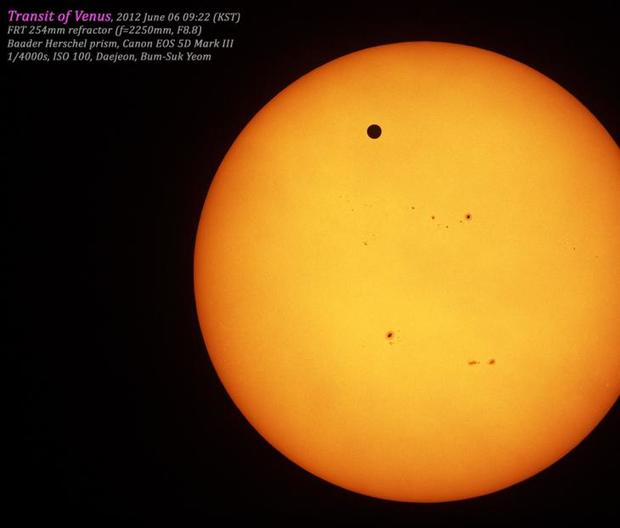
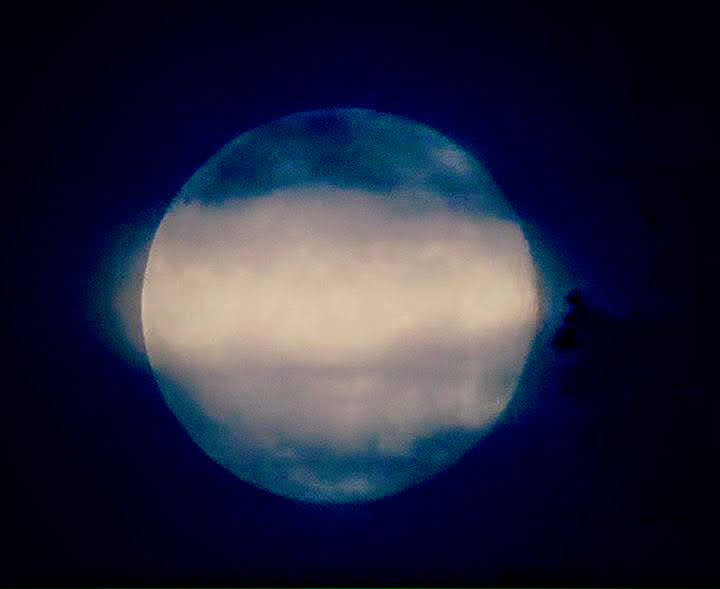
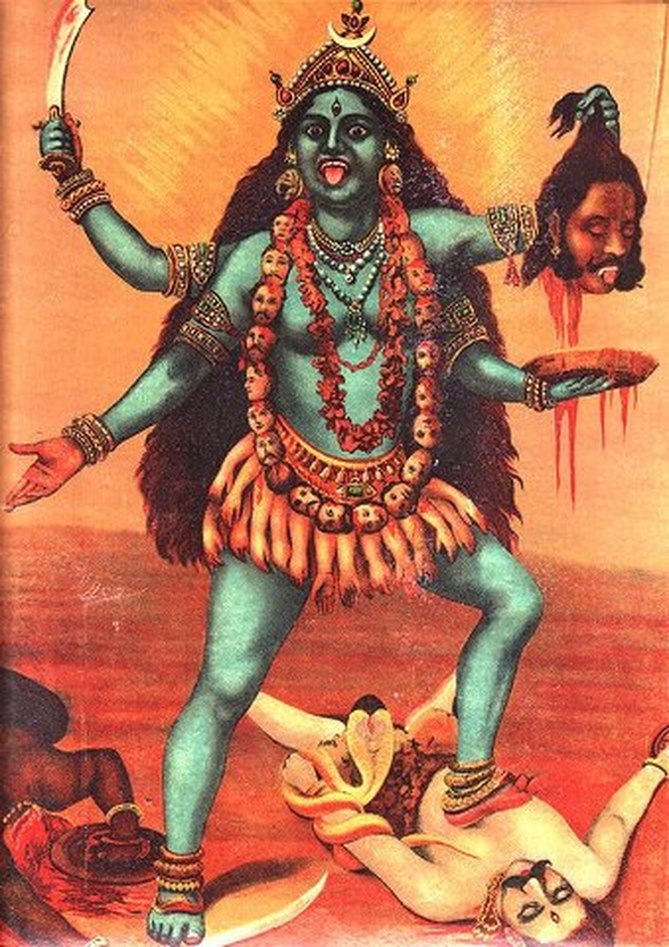
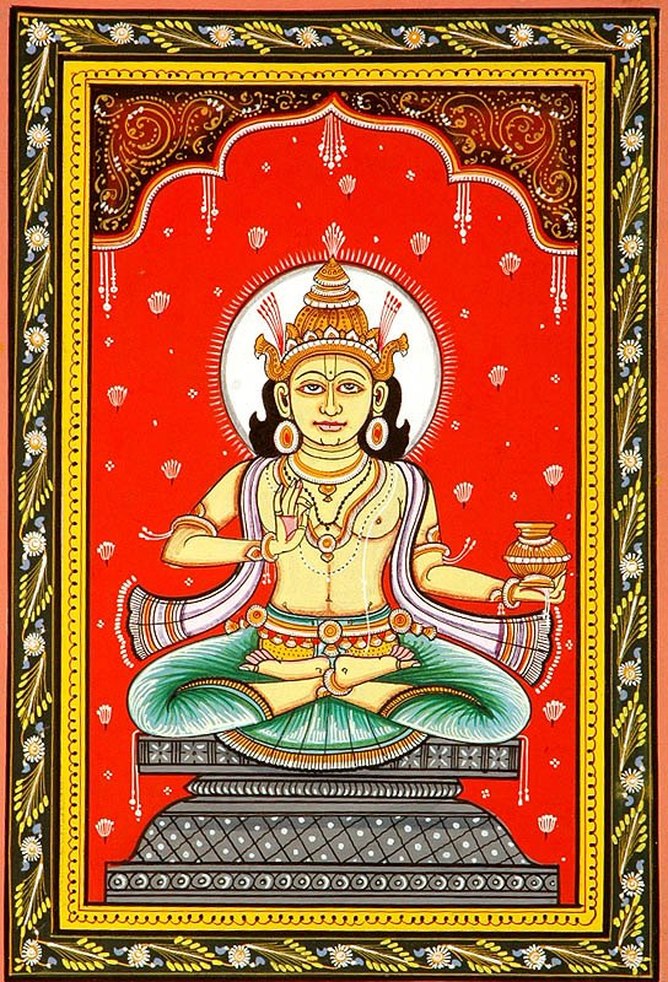
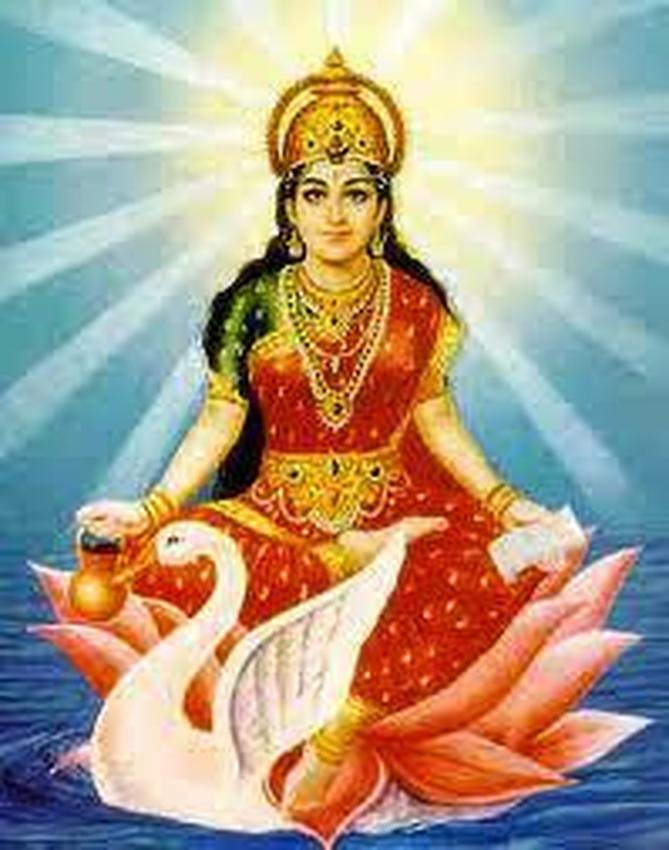


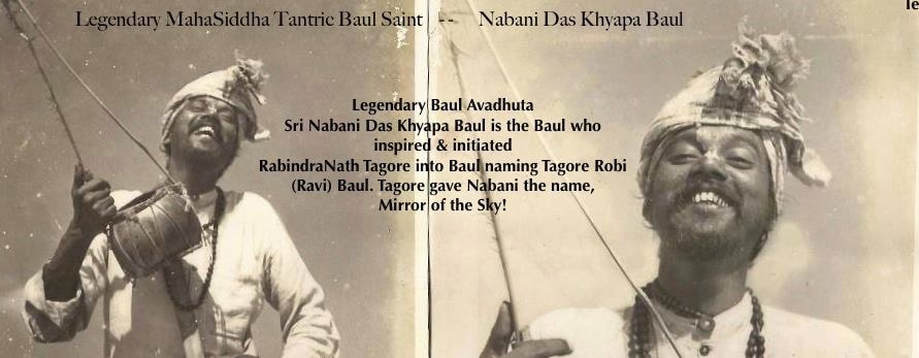

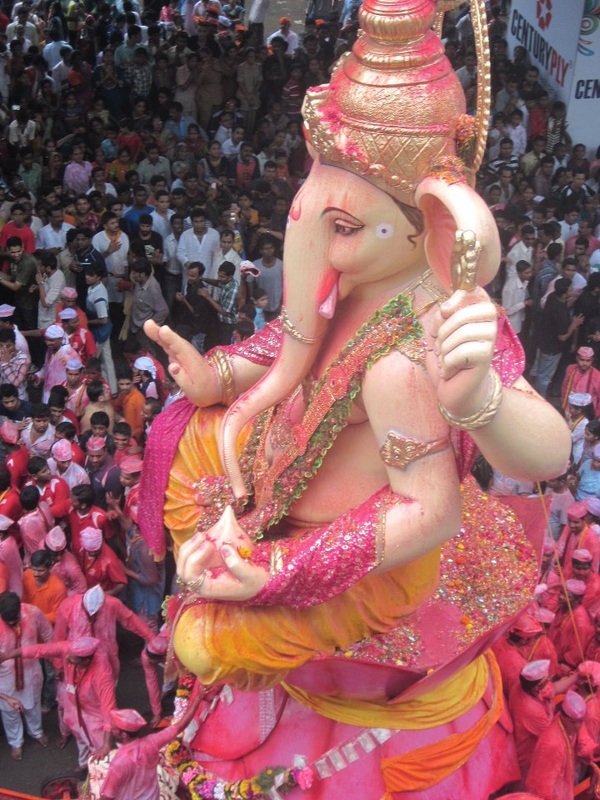
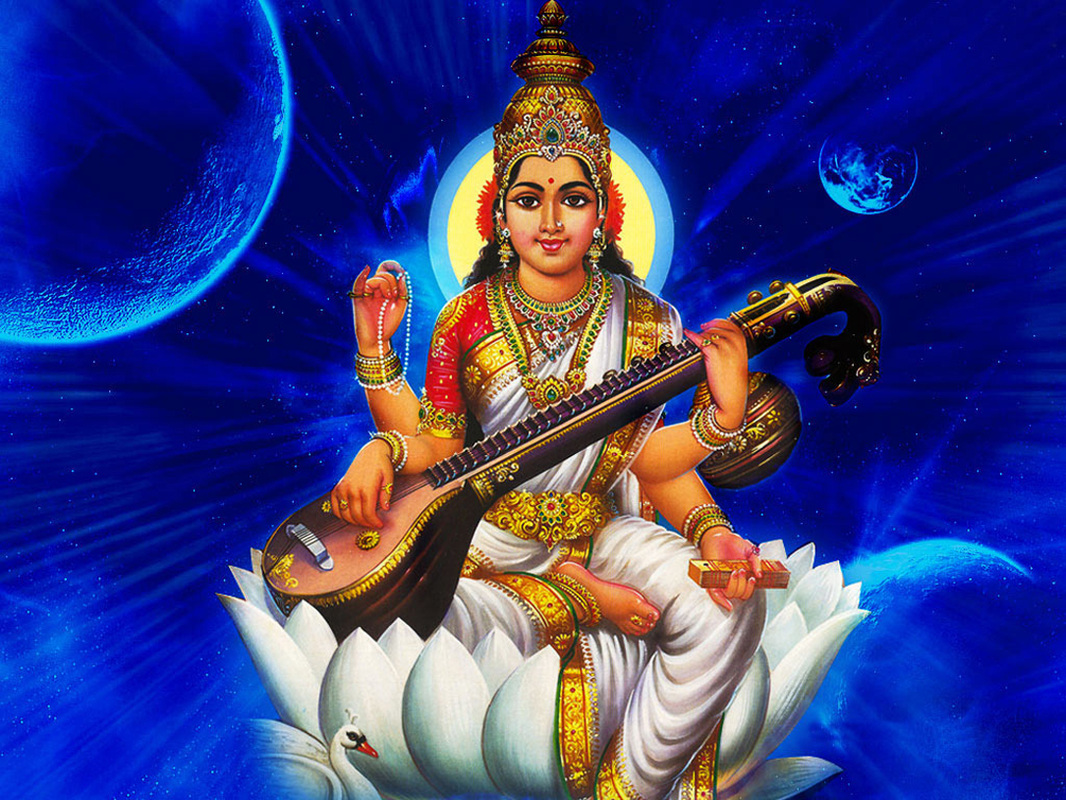
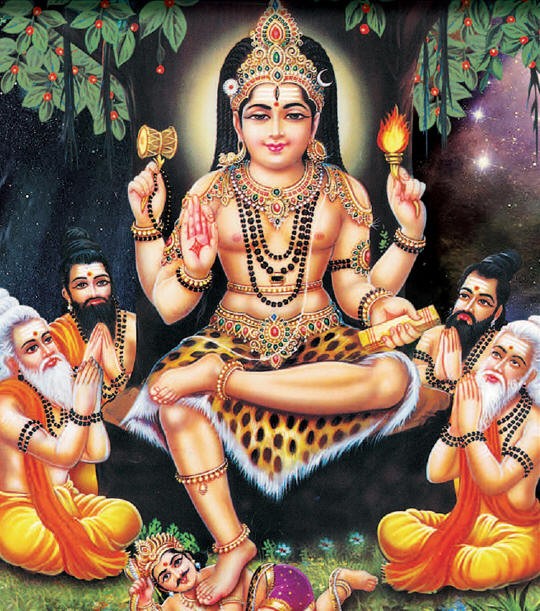
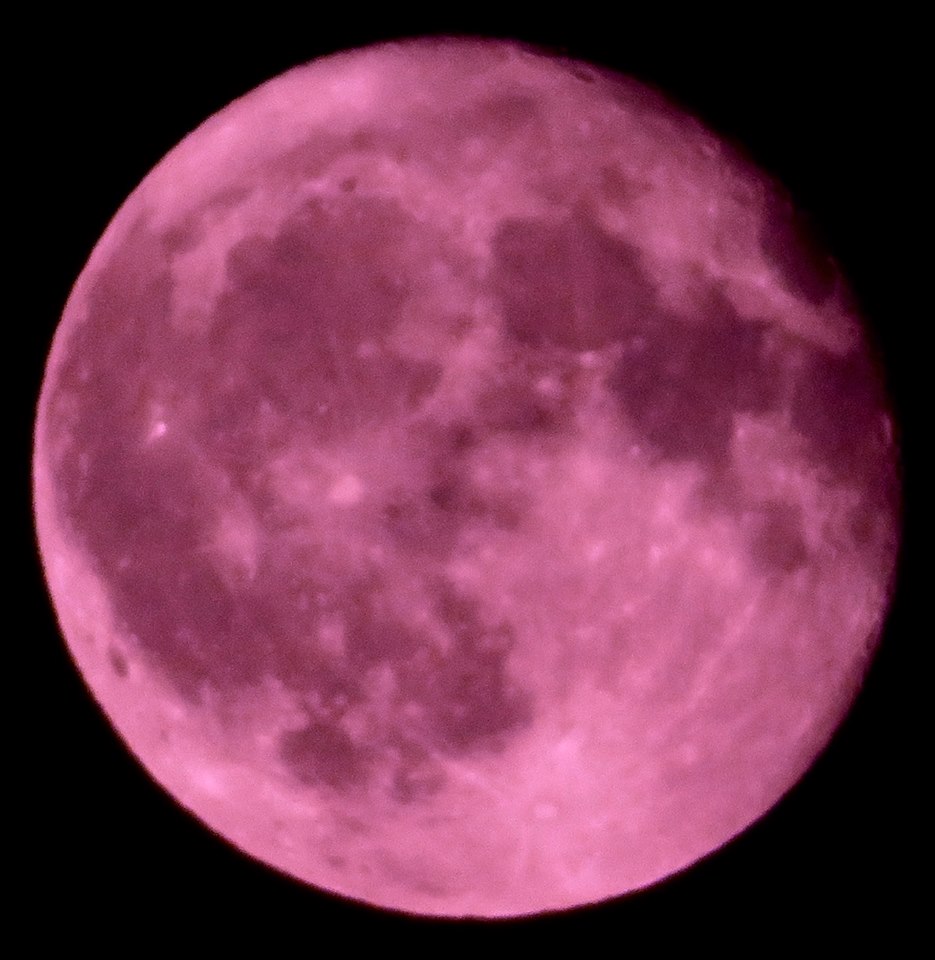
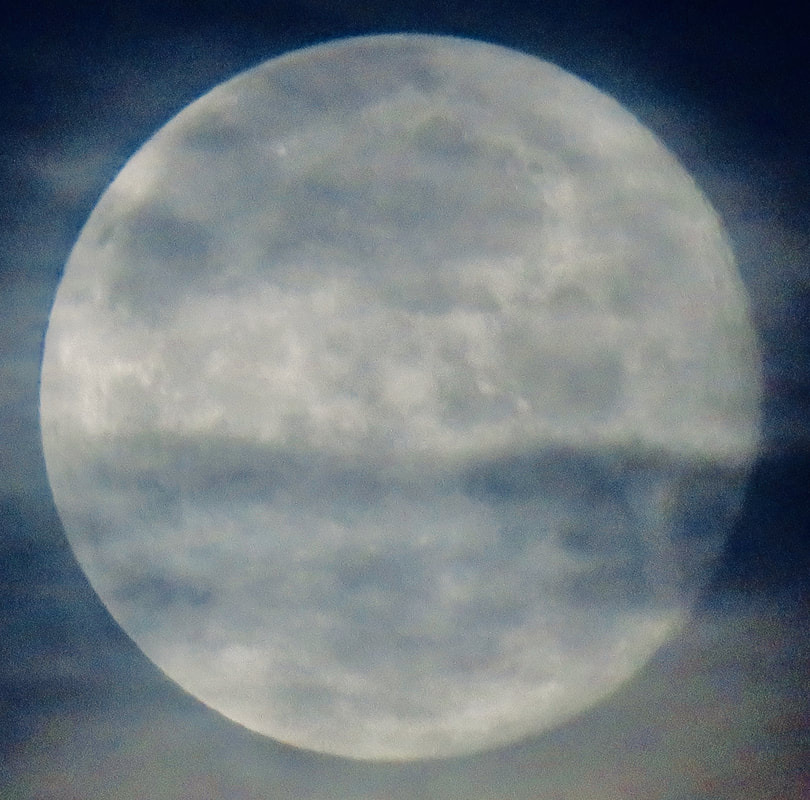
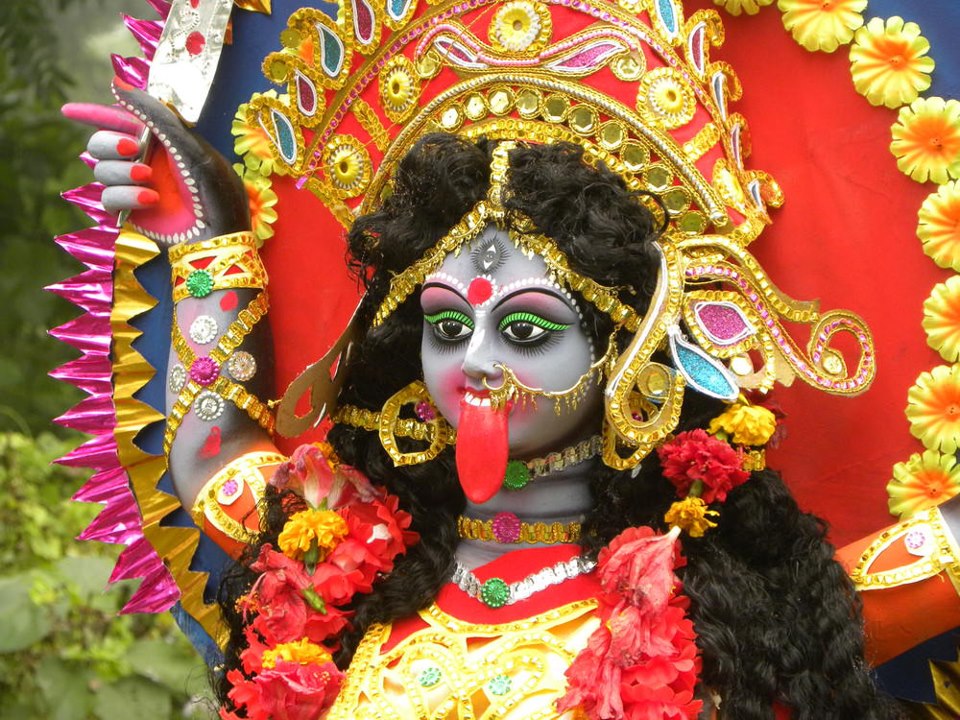
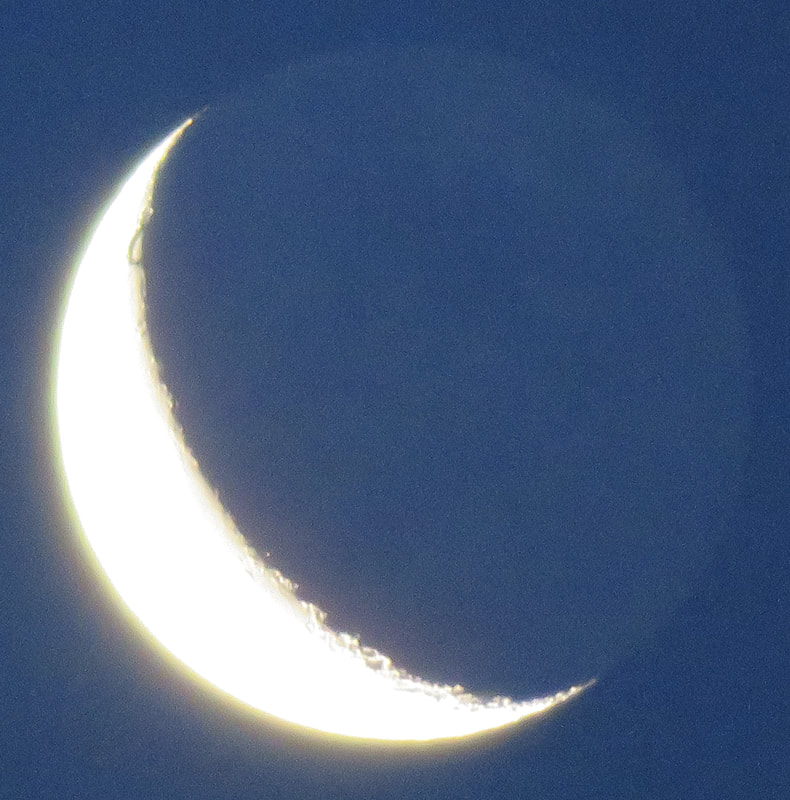
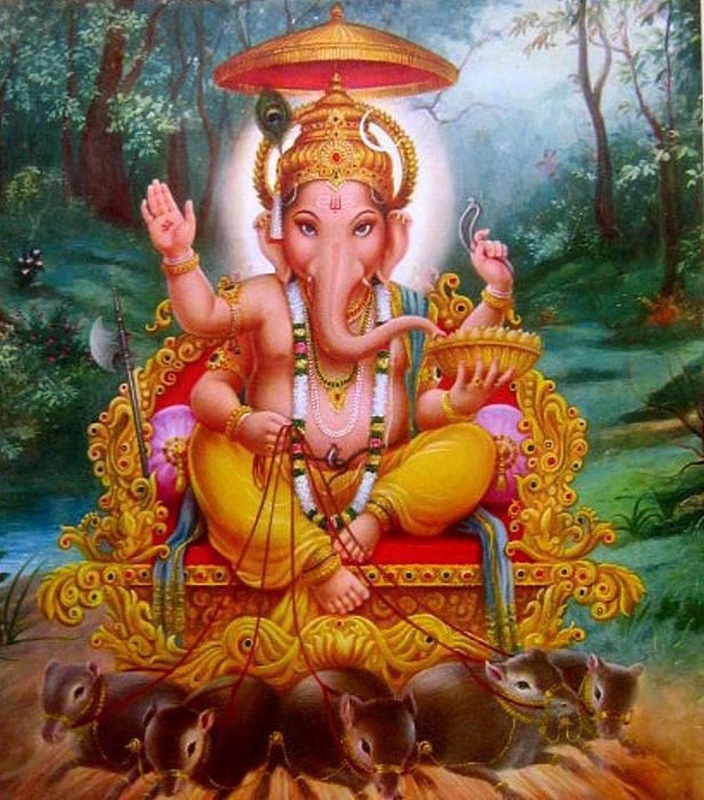
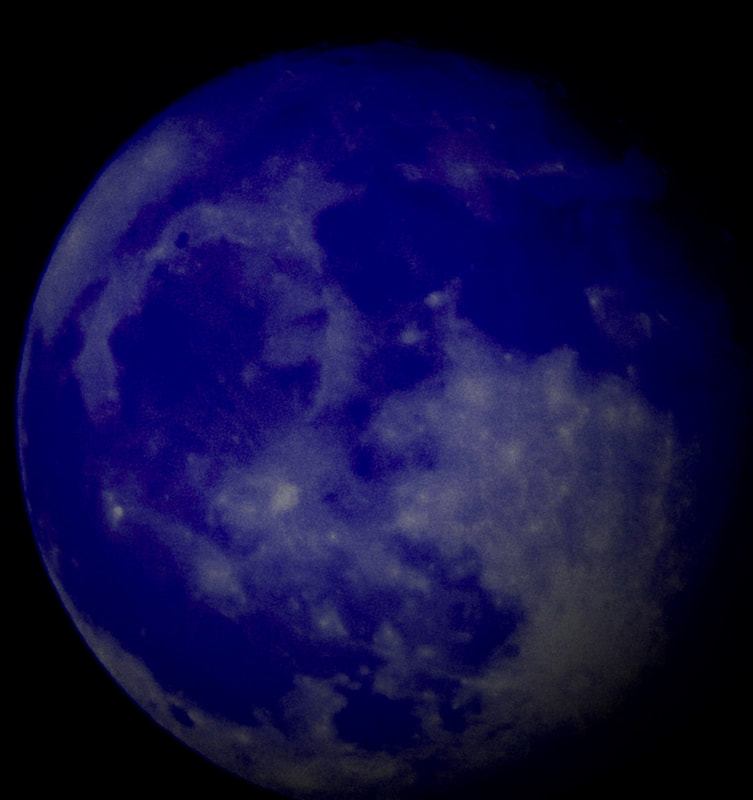
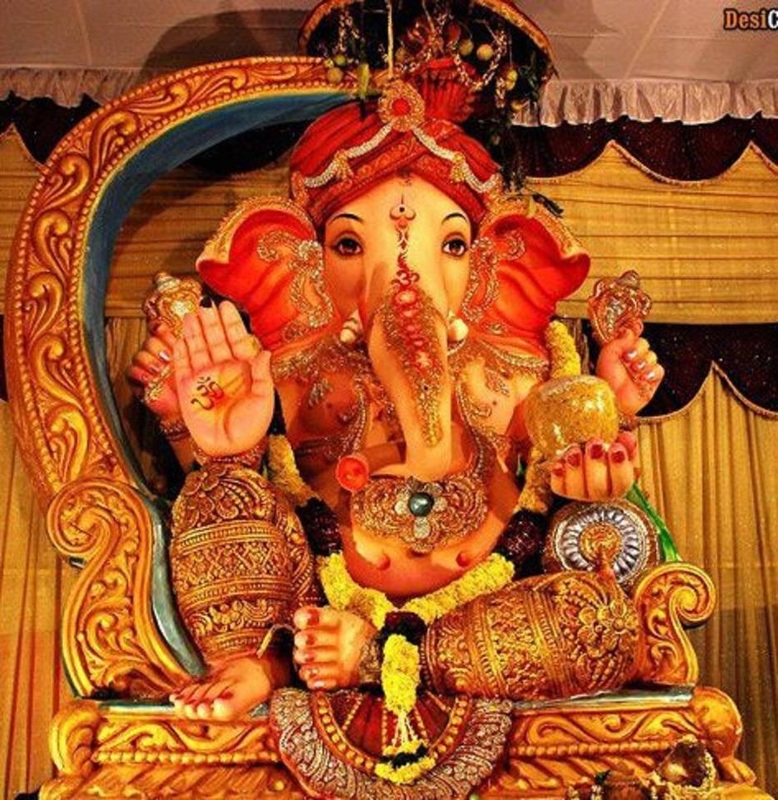
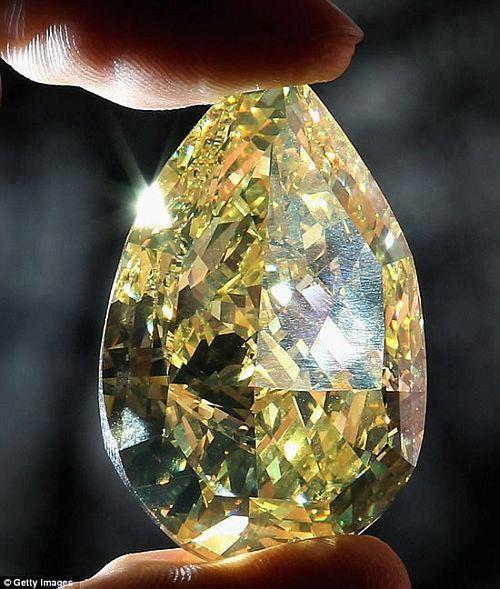
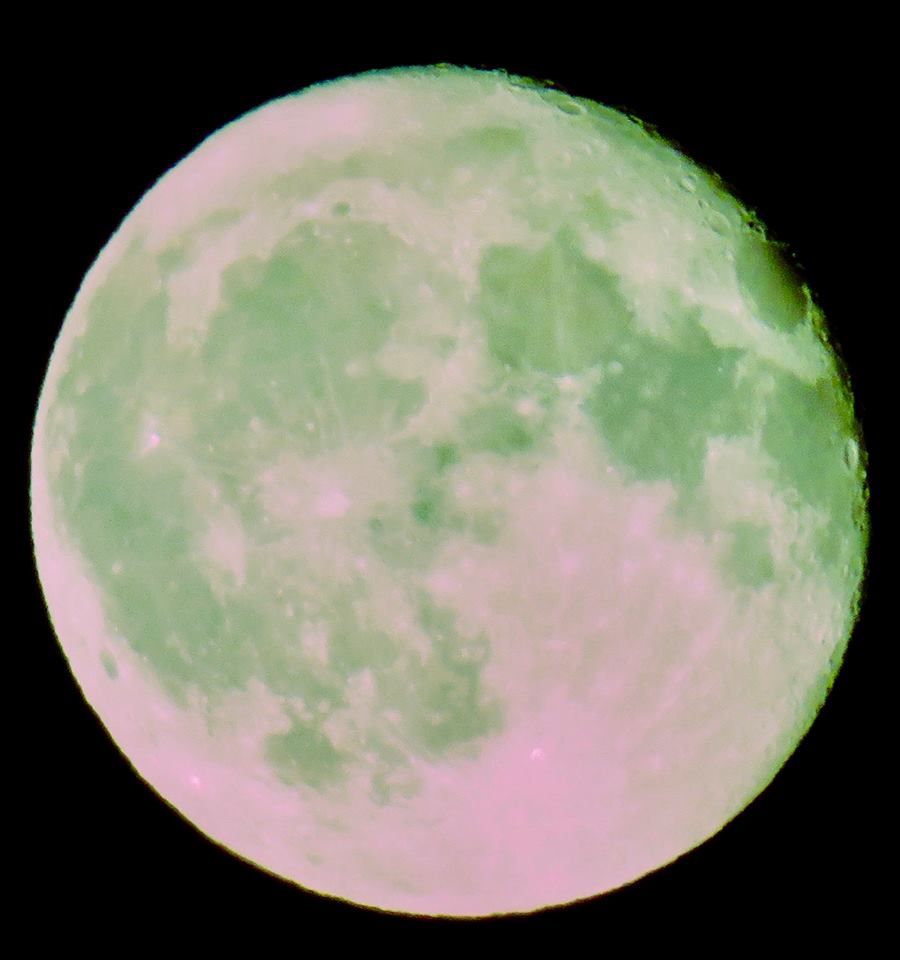
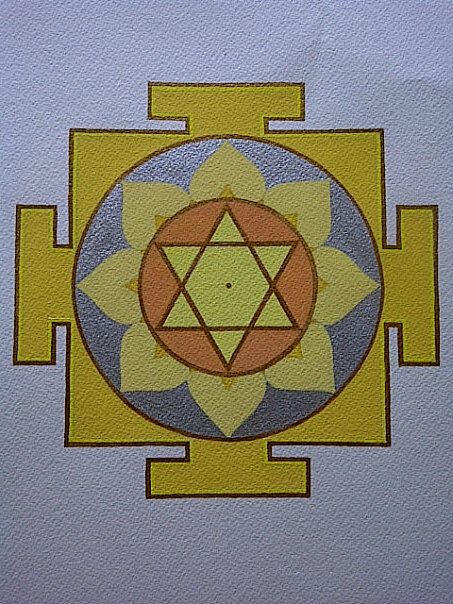
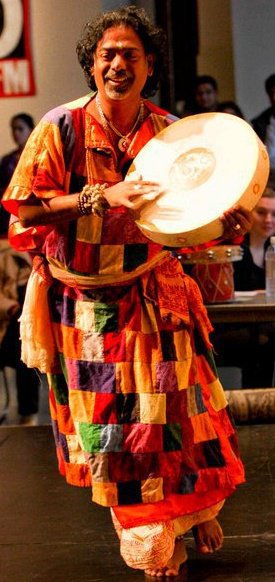
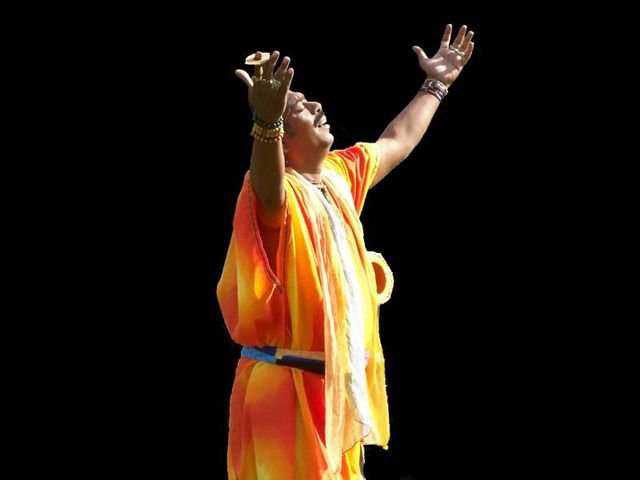
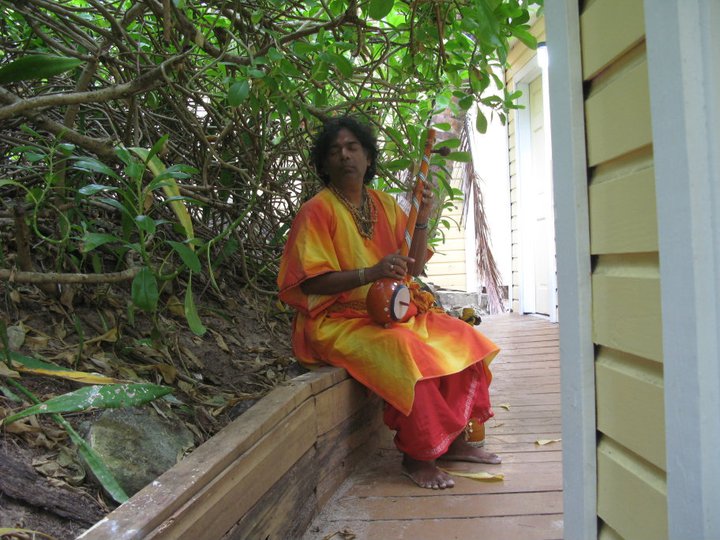
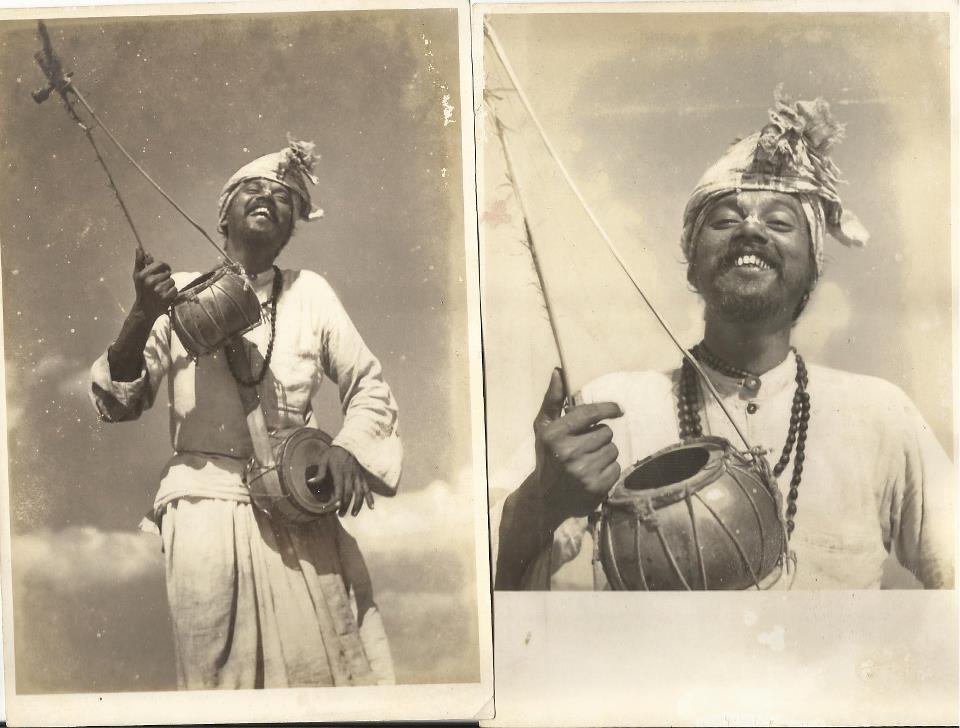
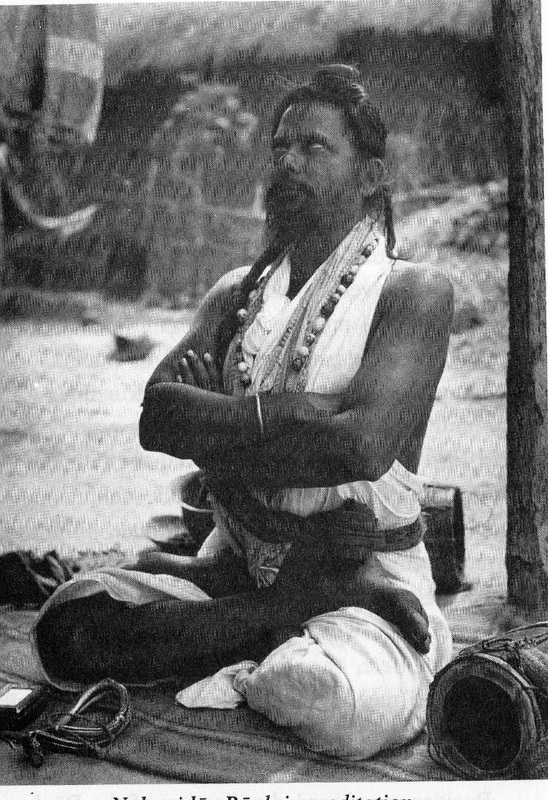
 RSS Feed
RSS Feed
